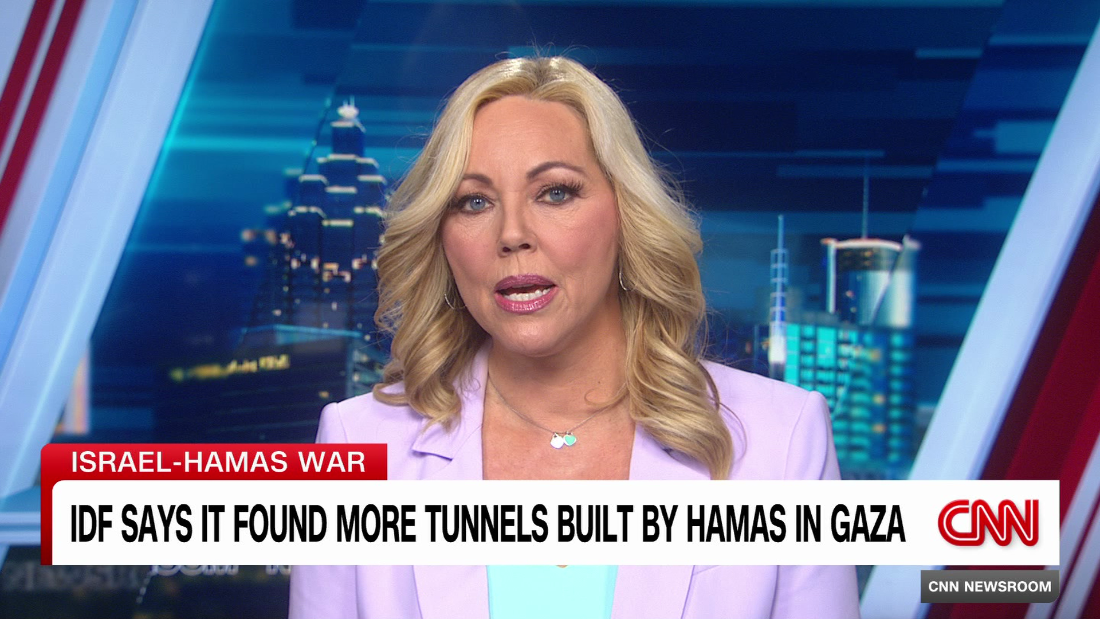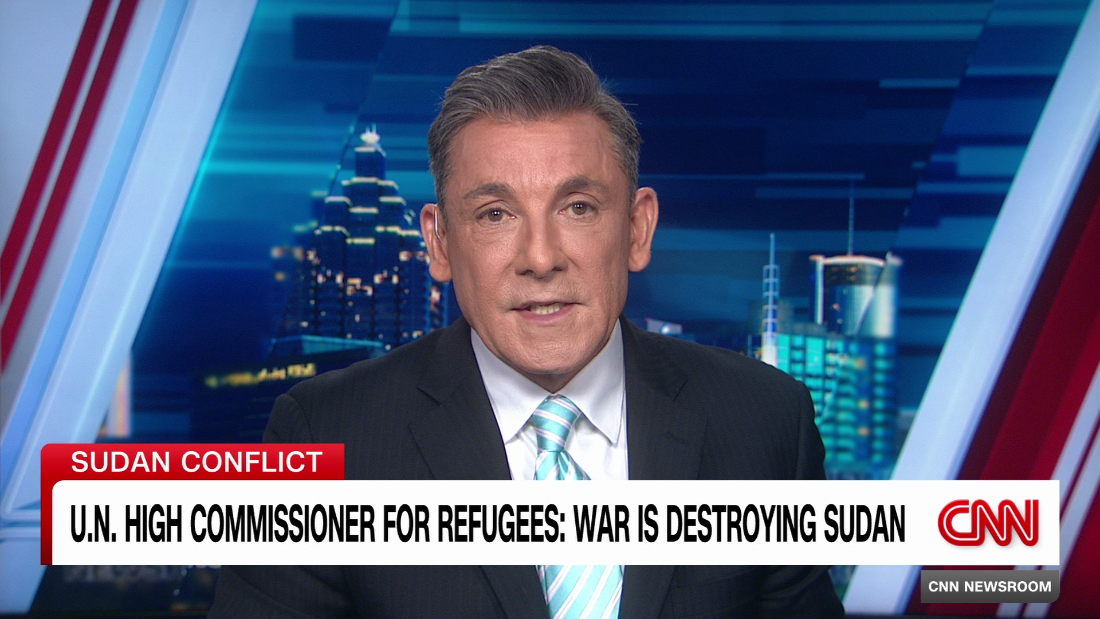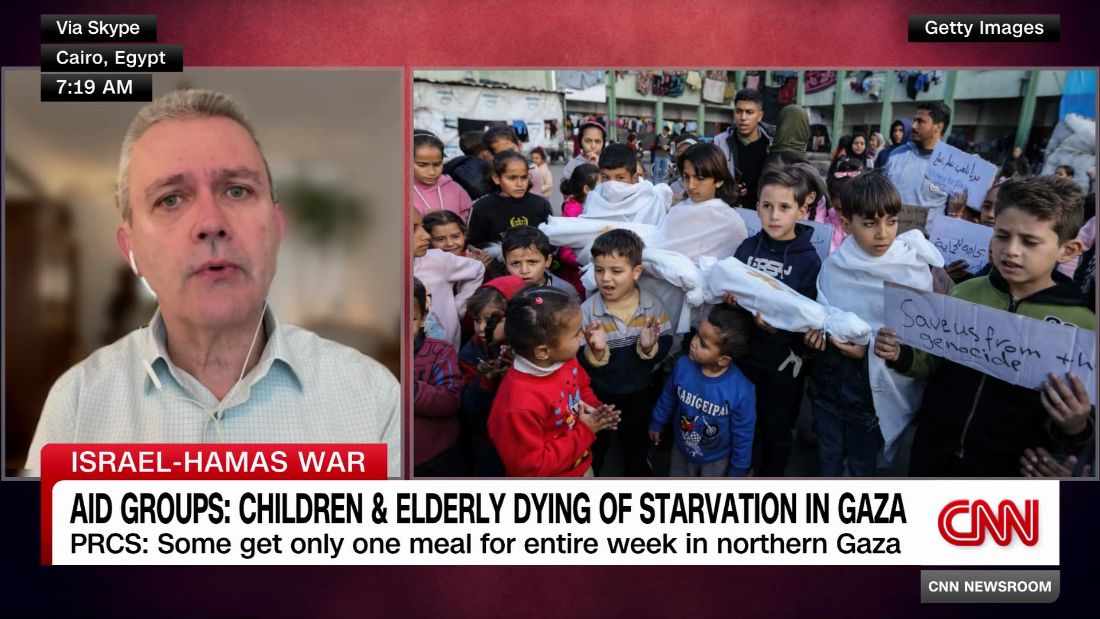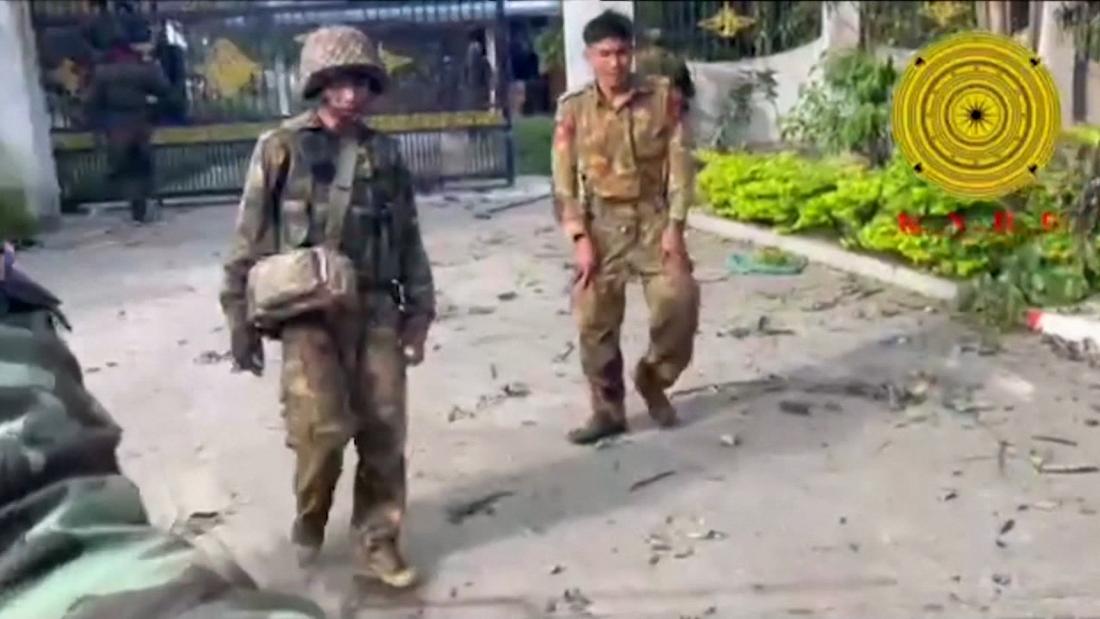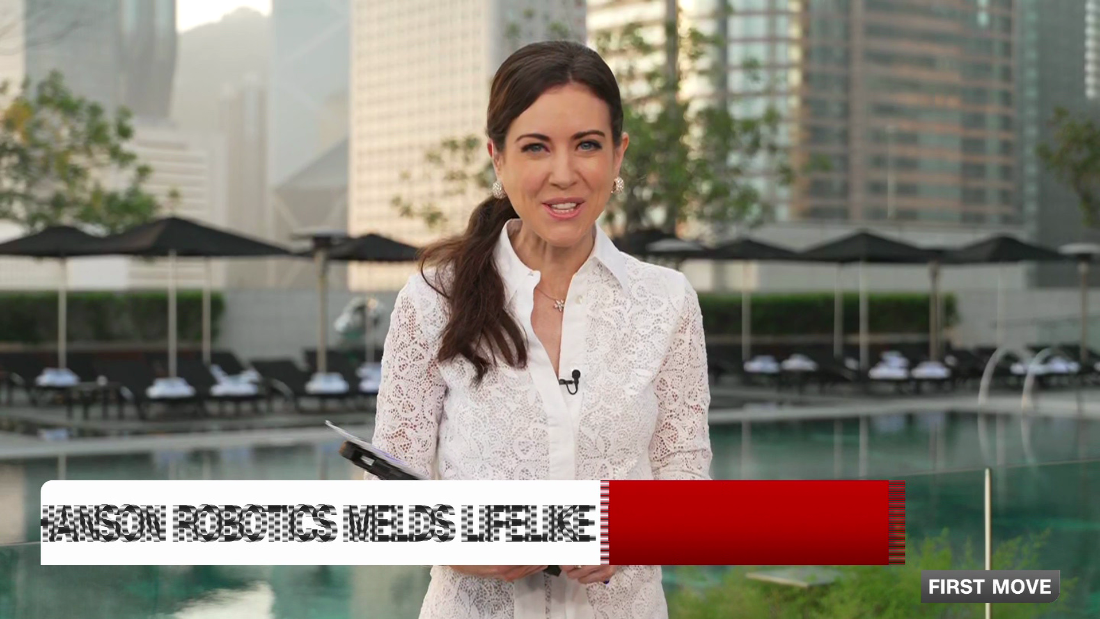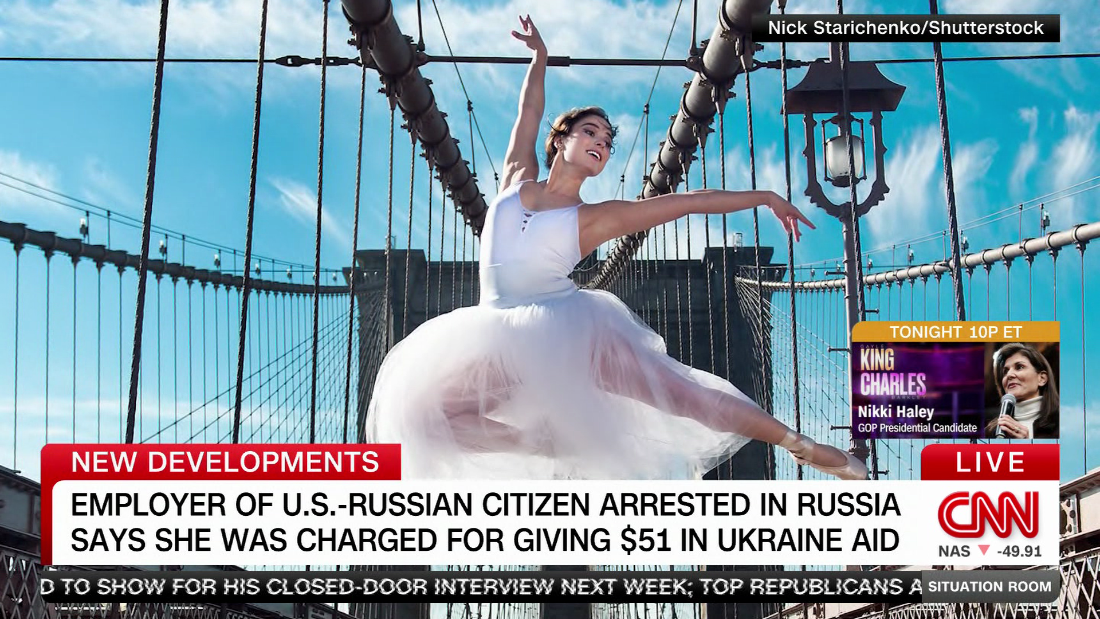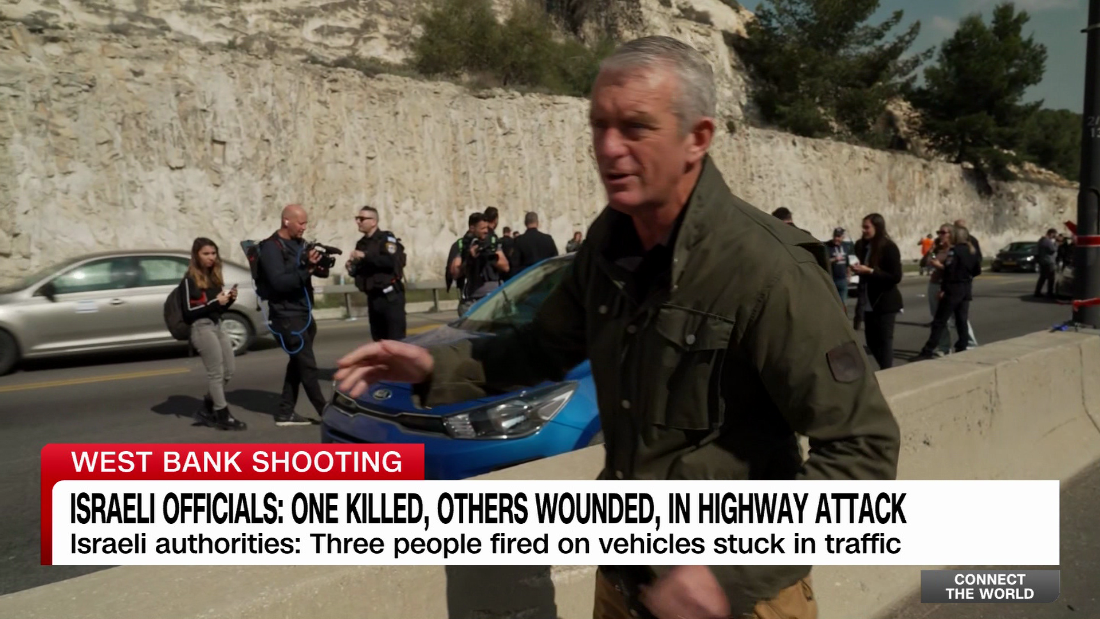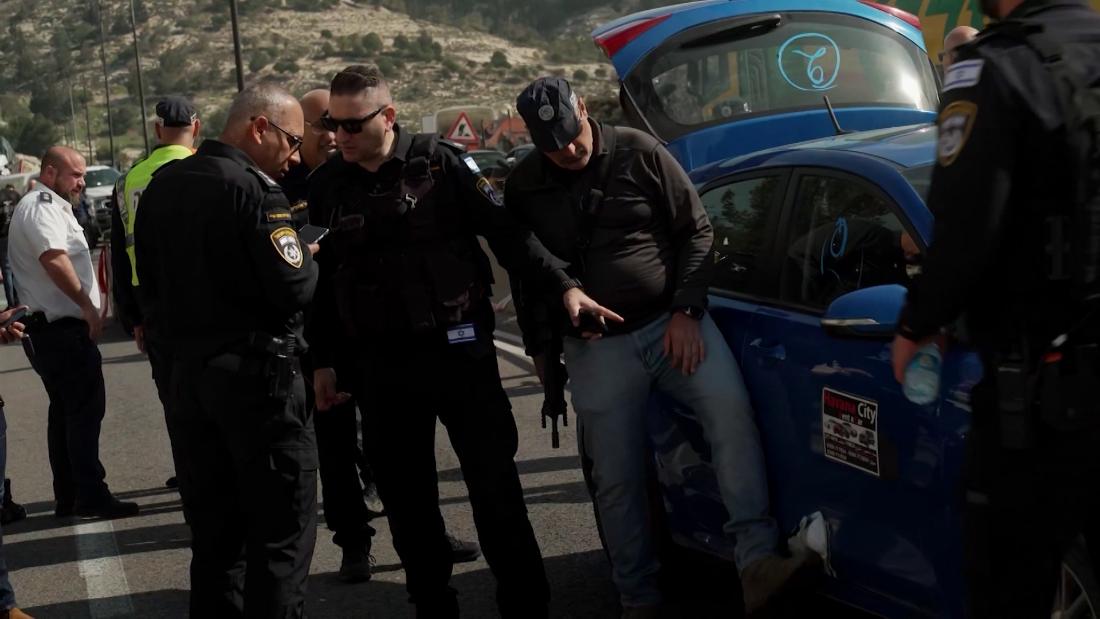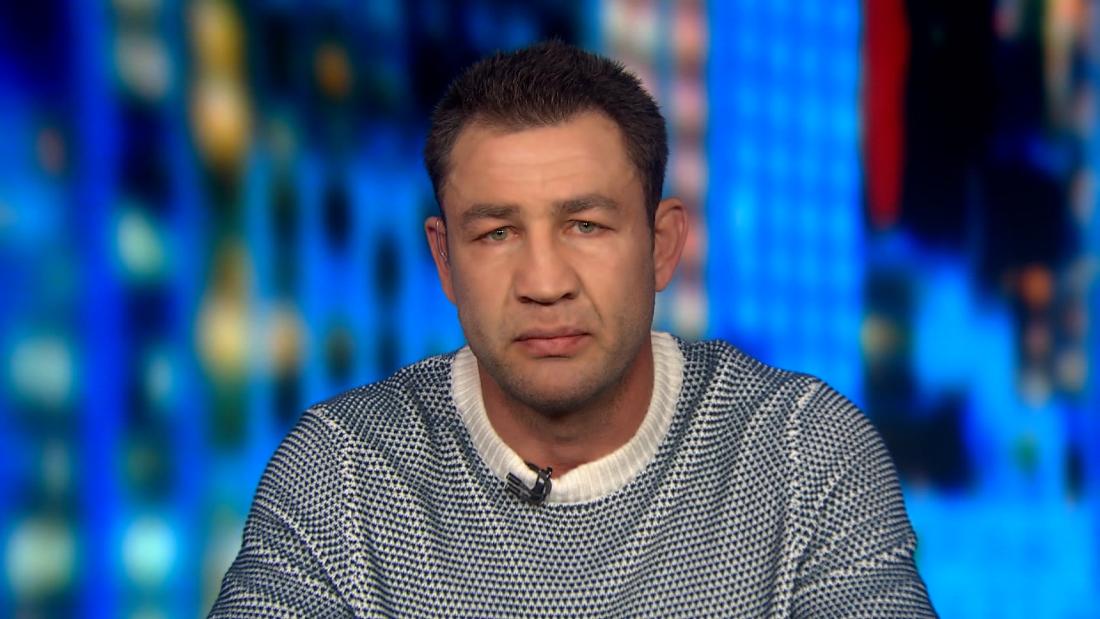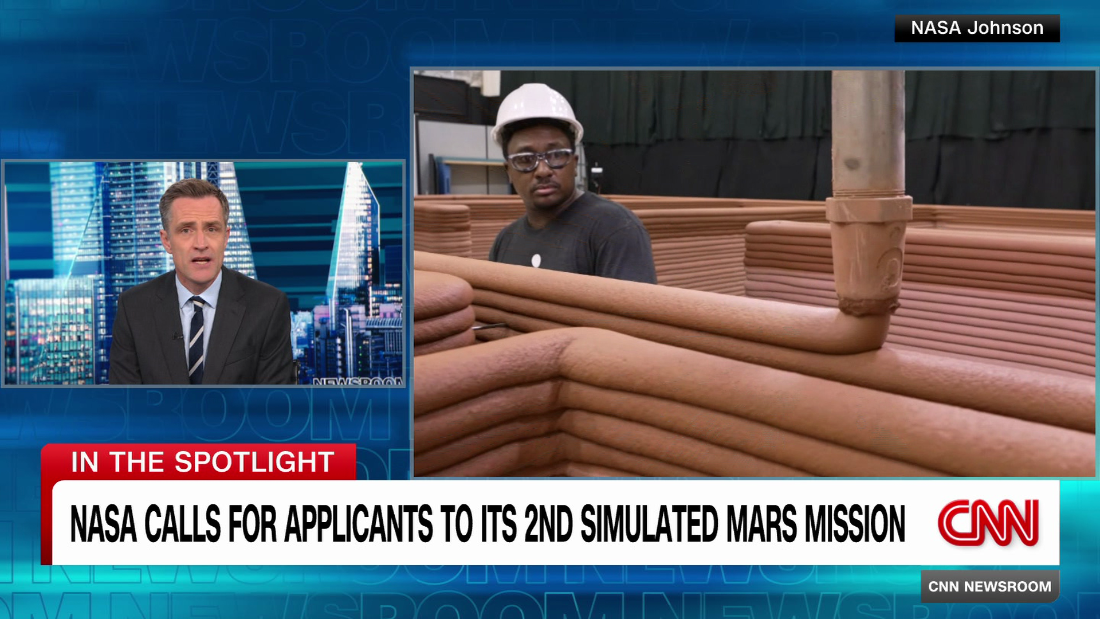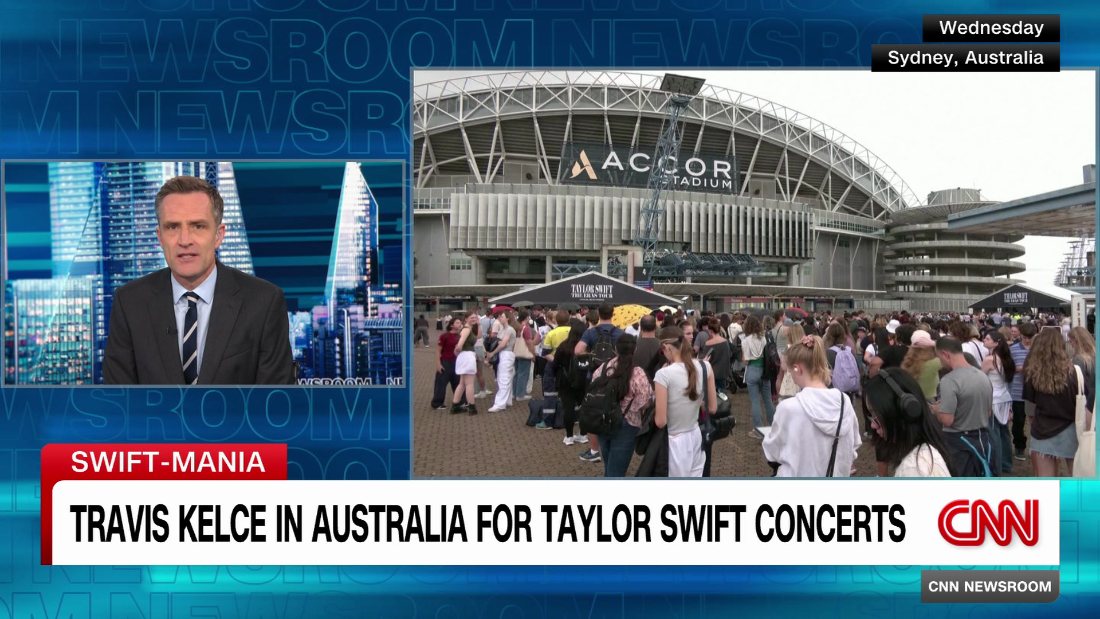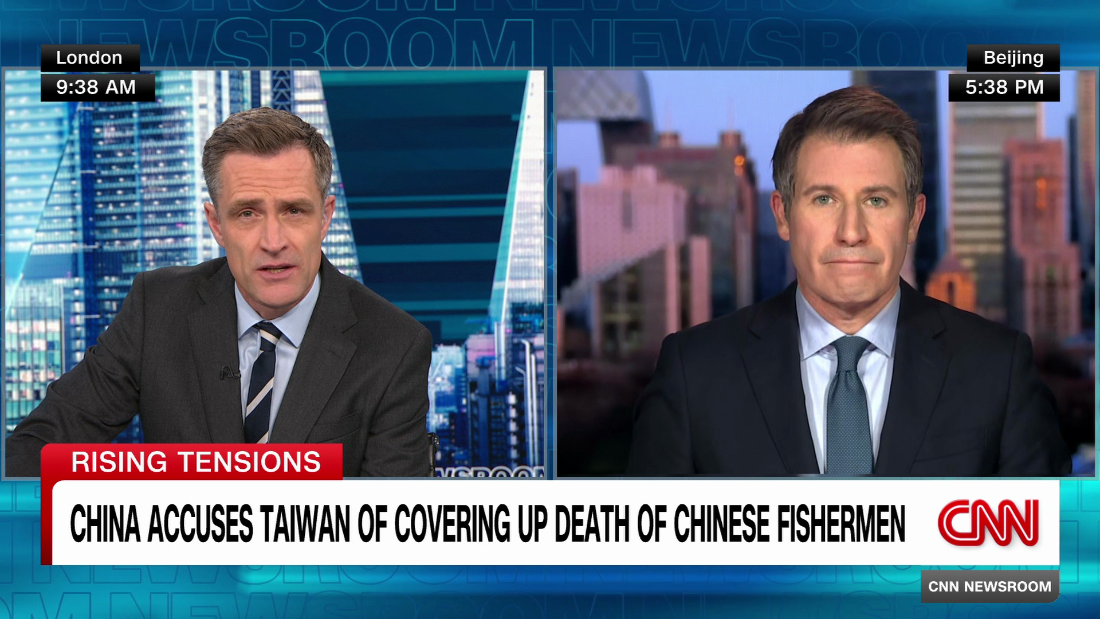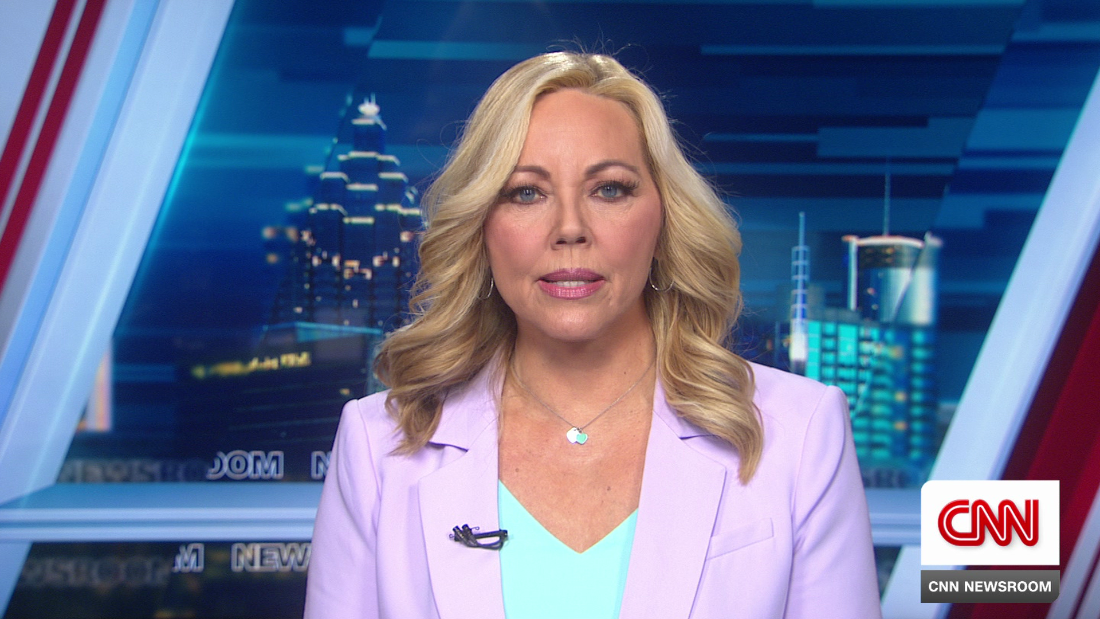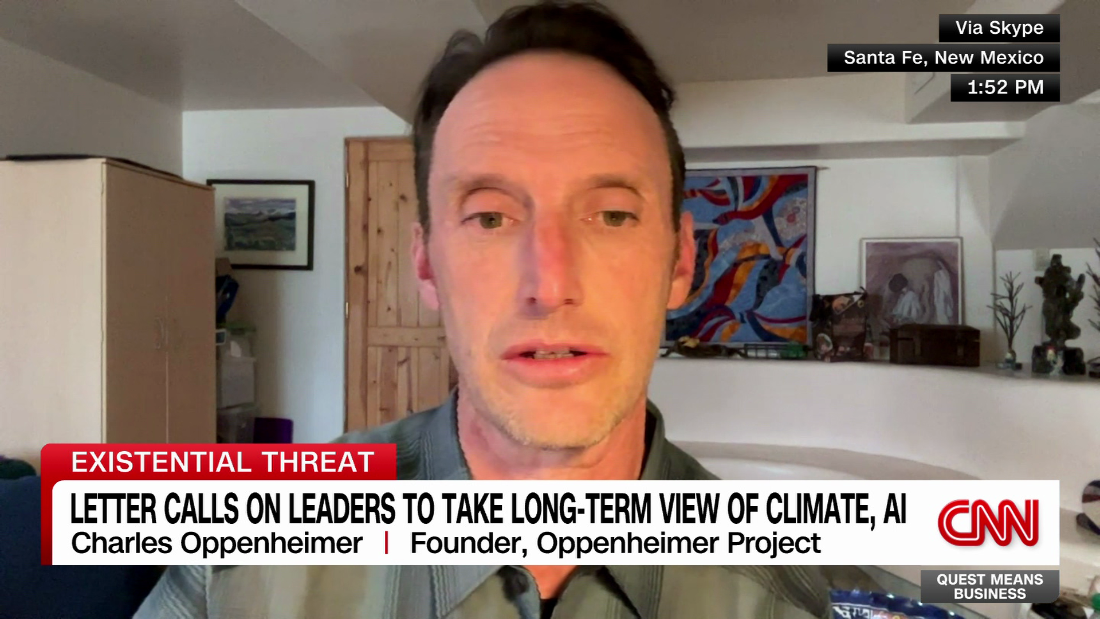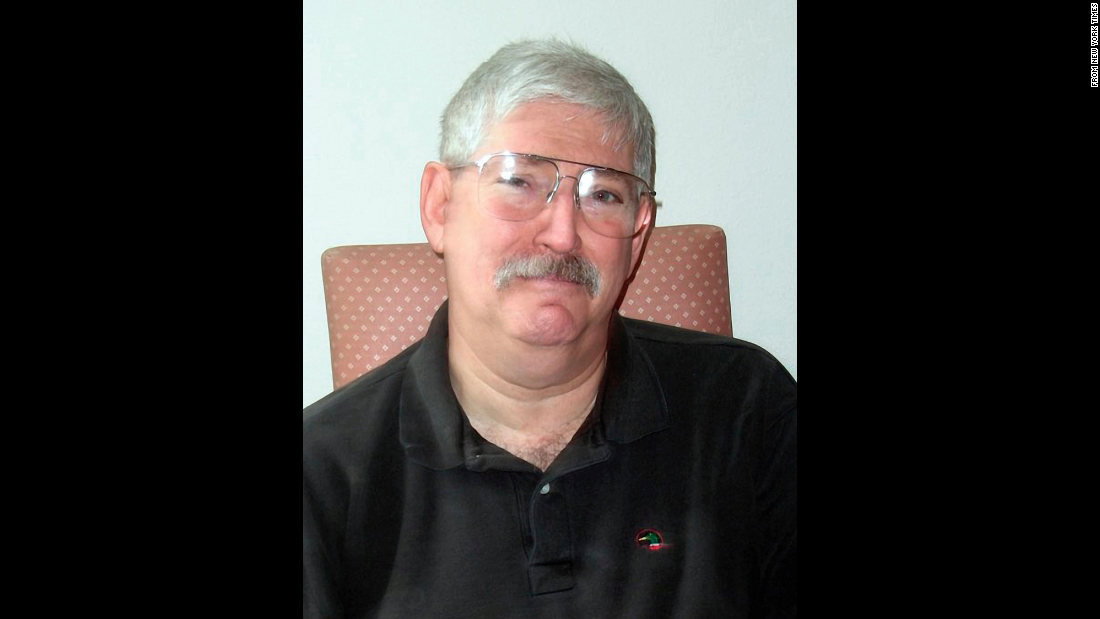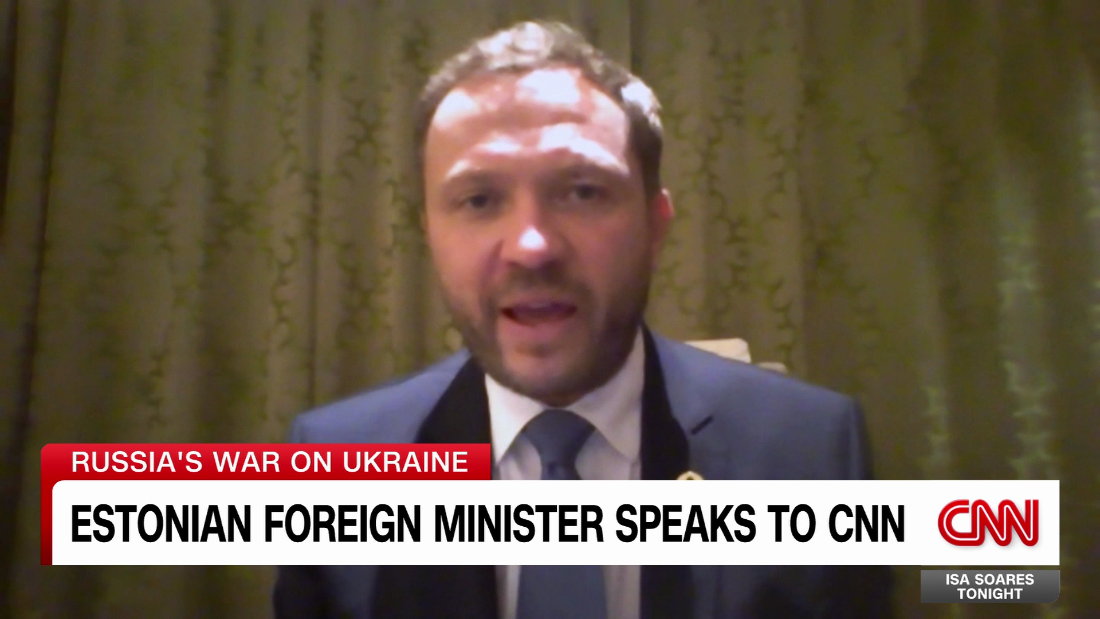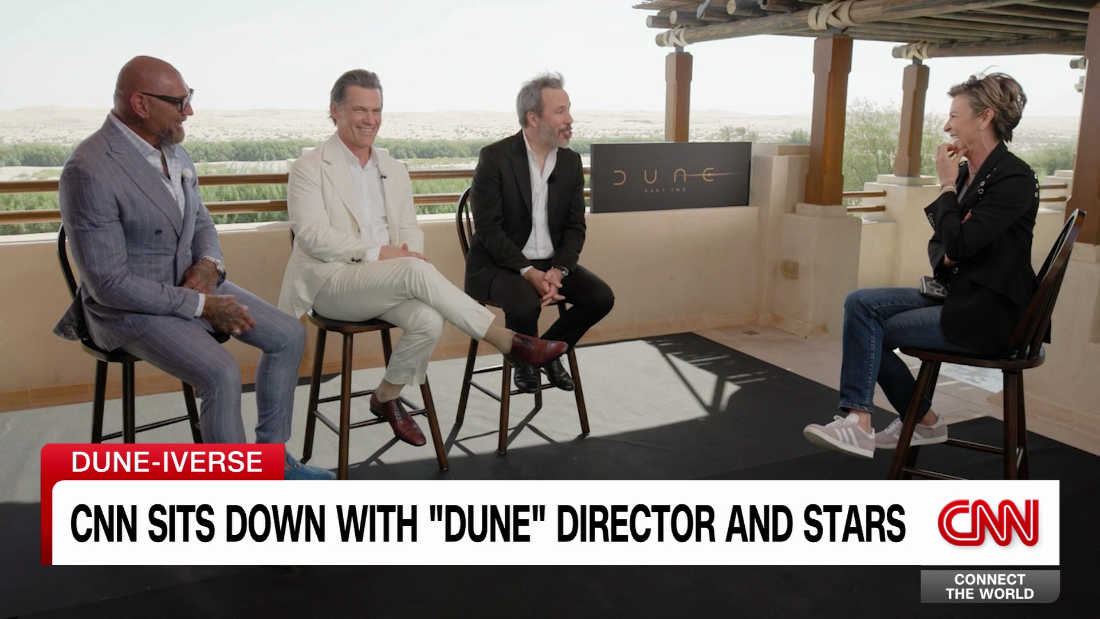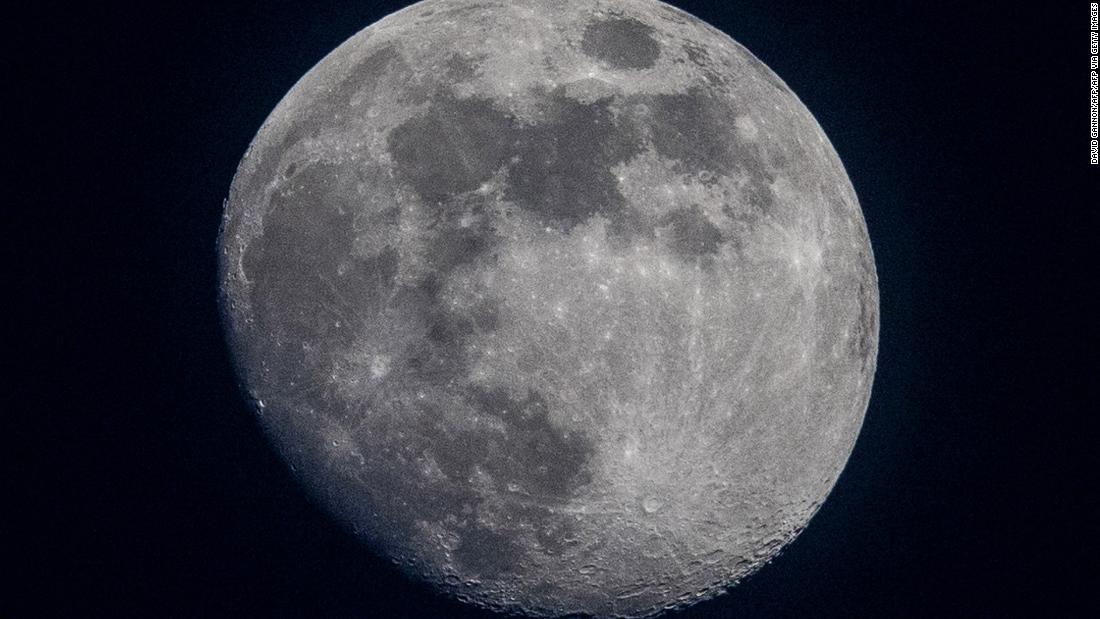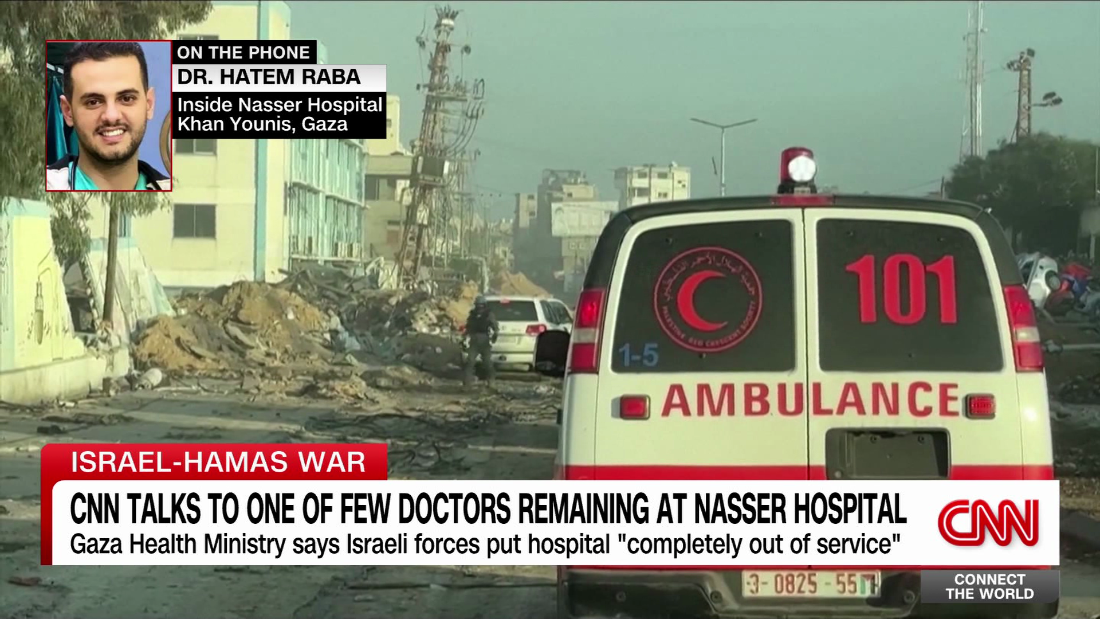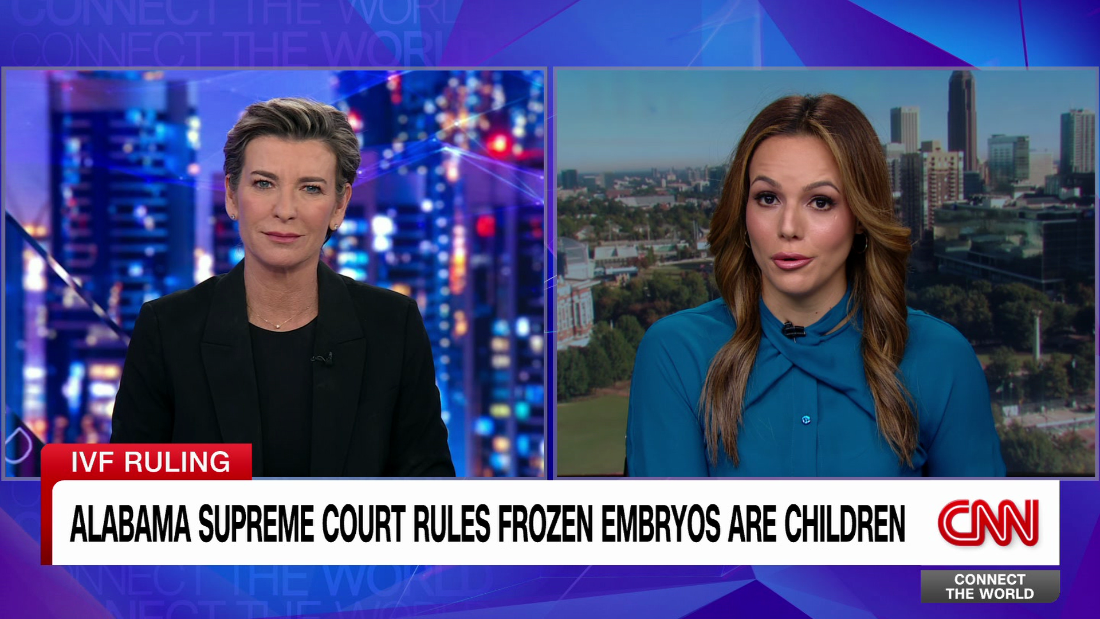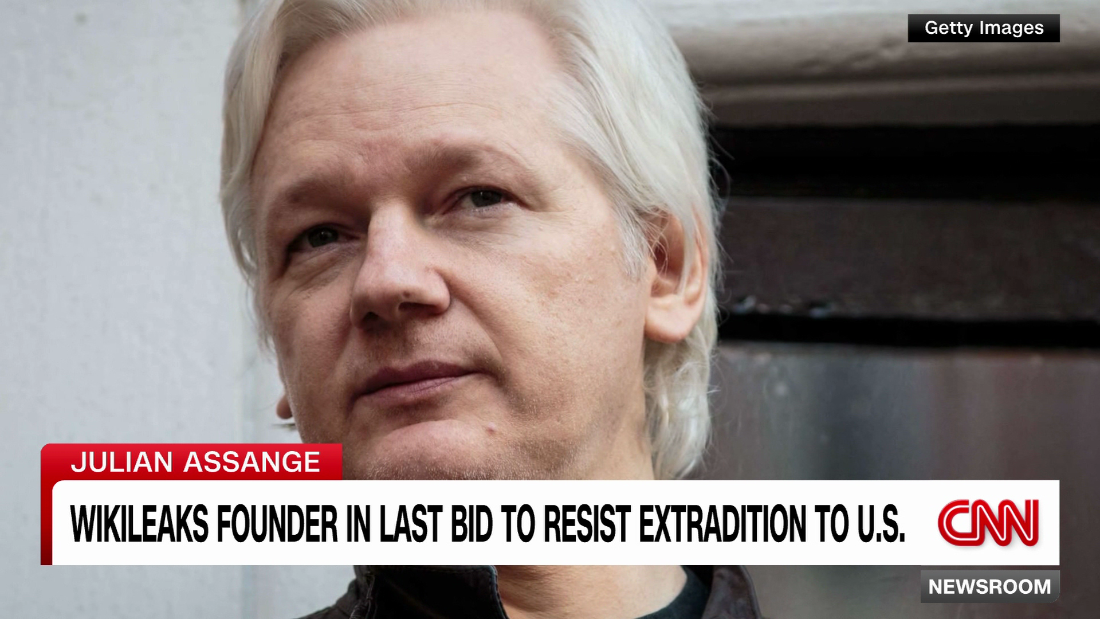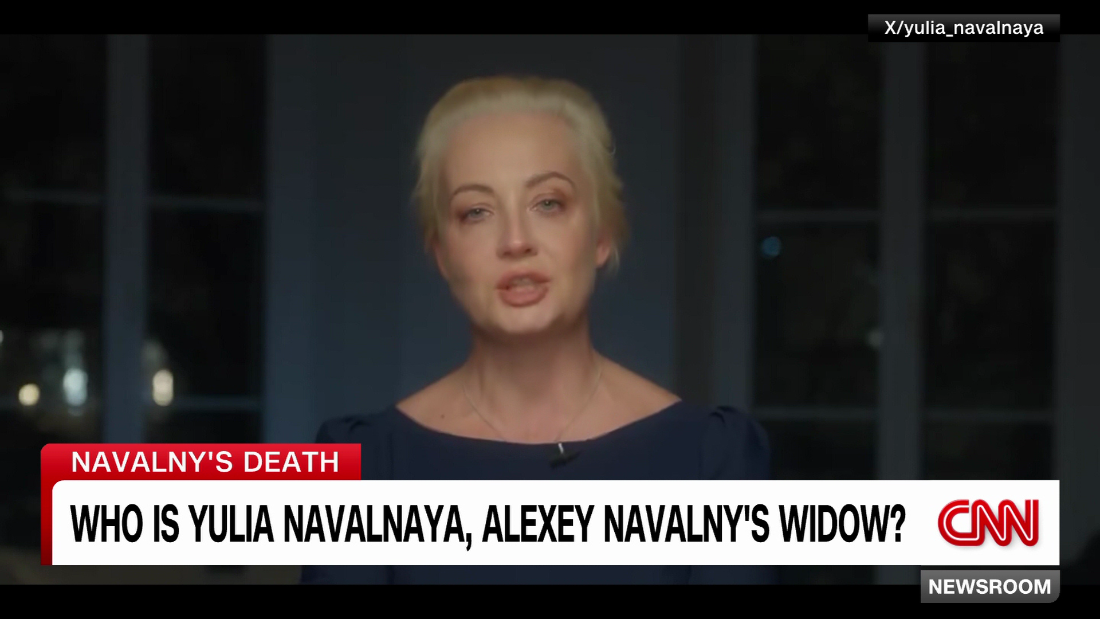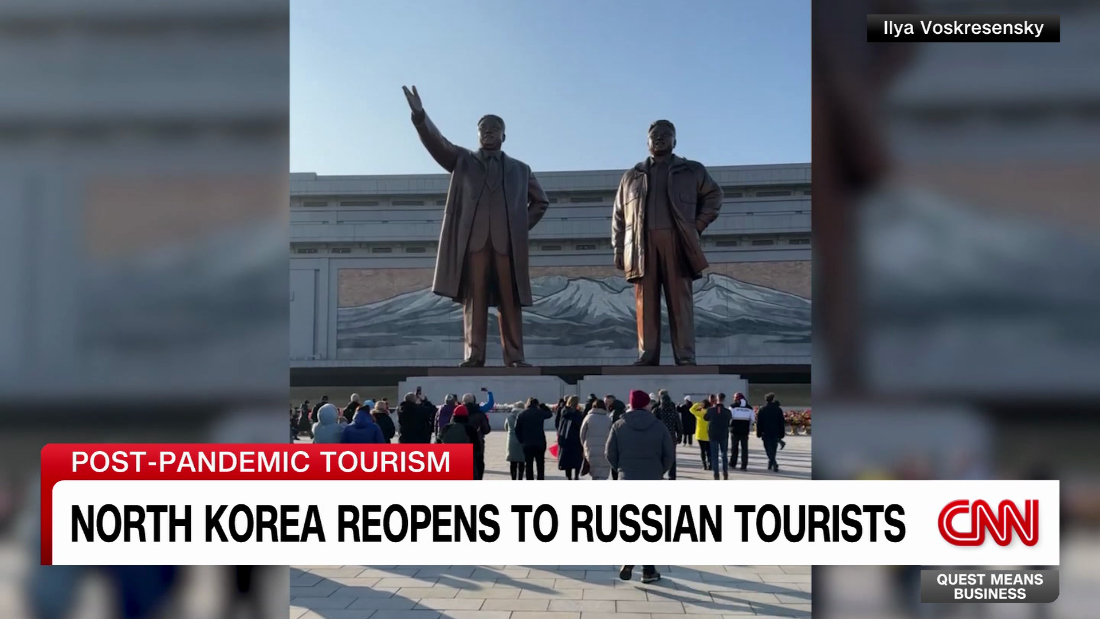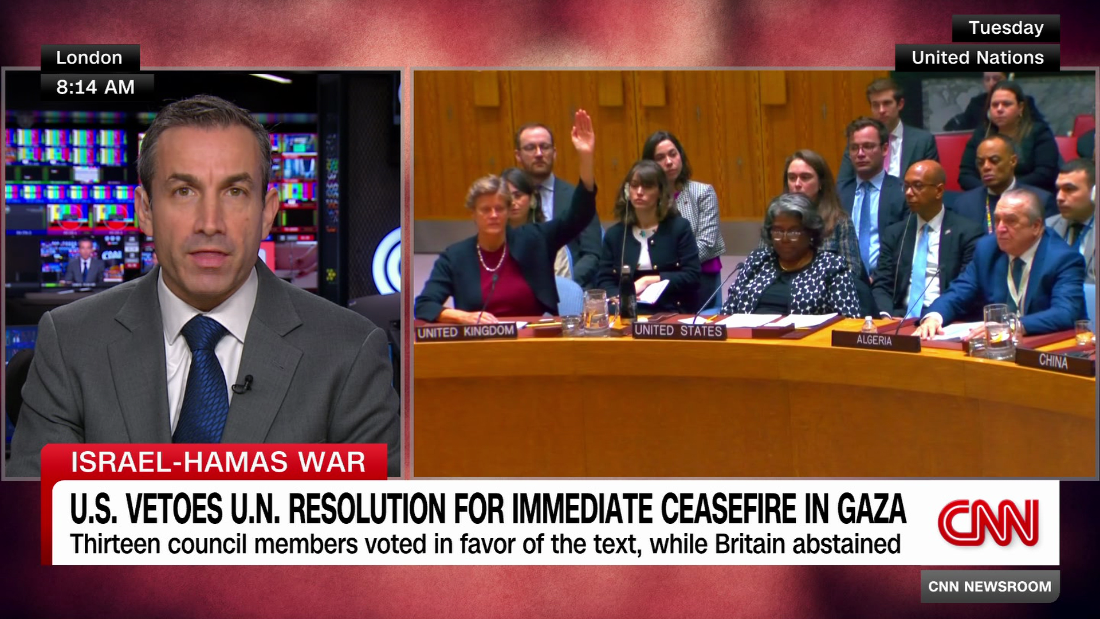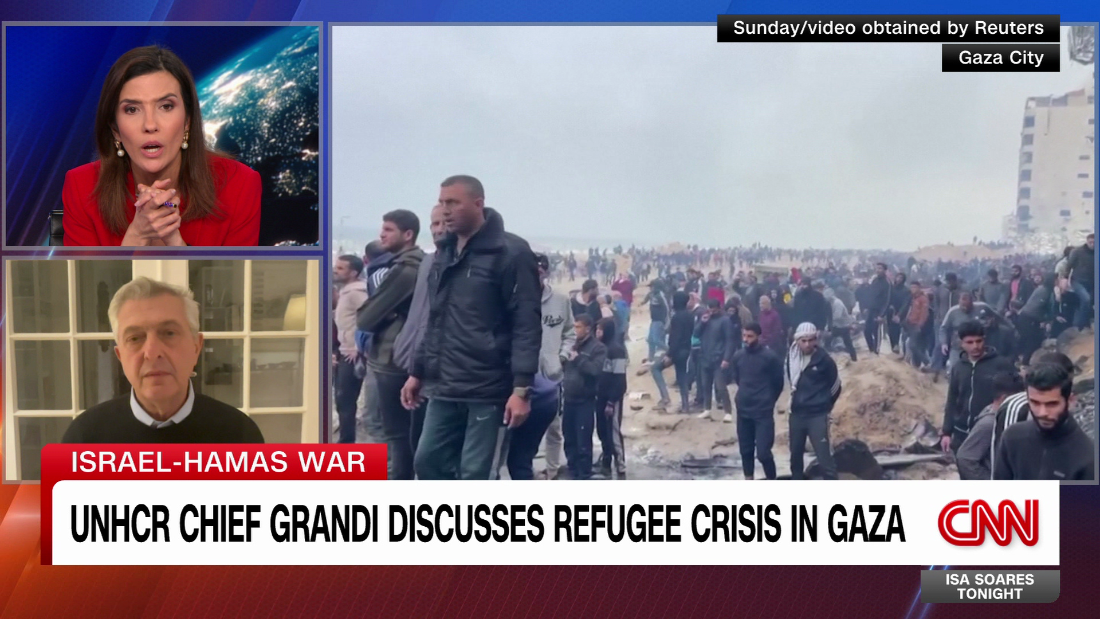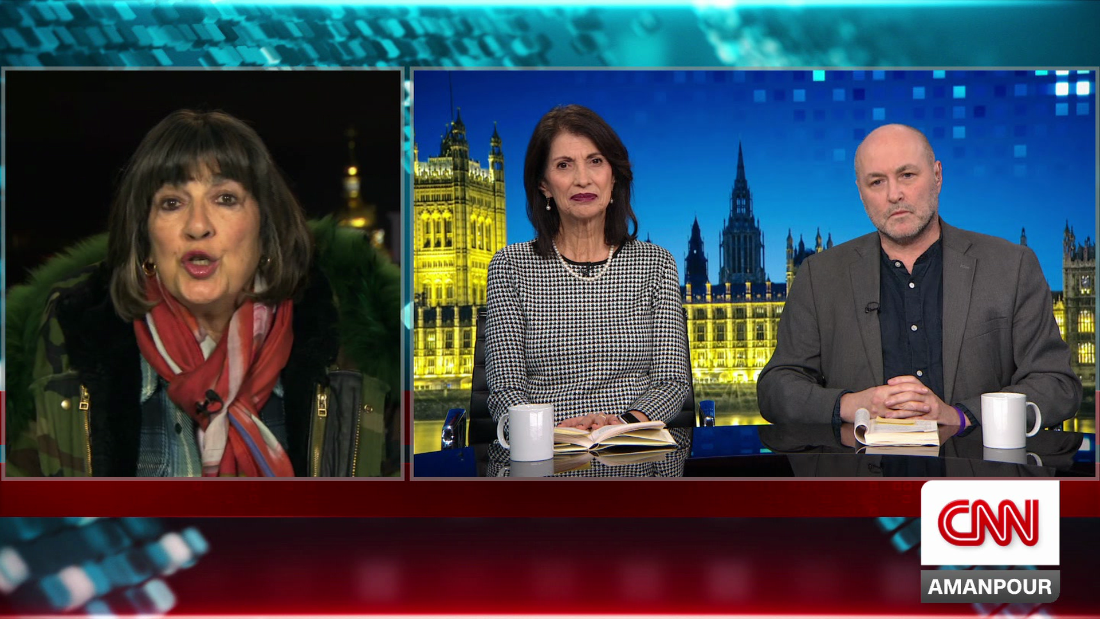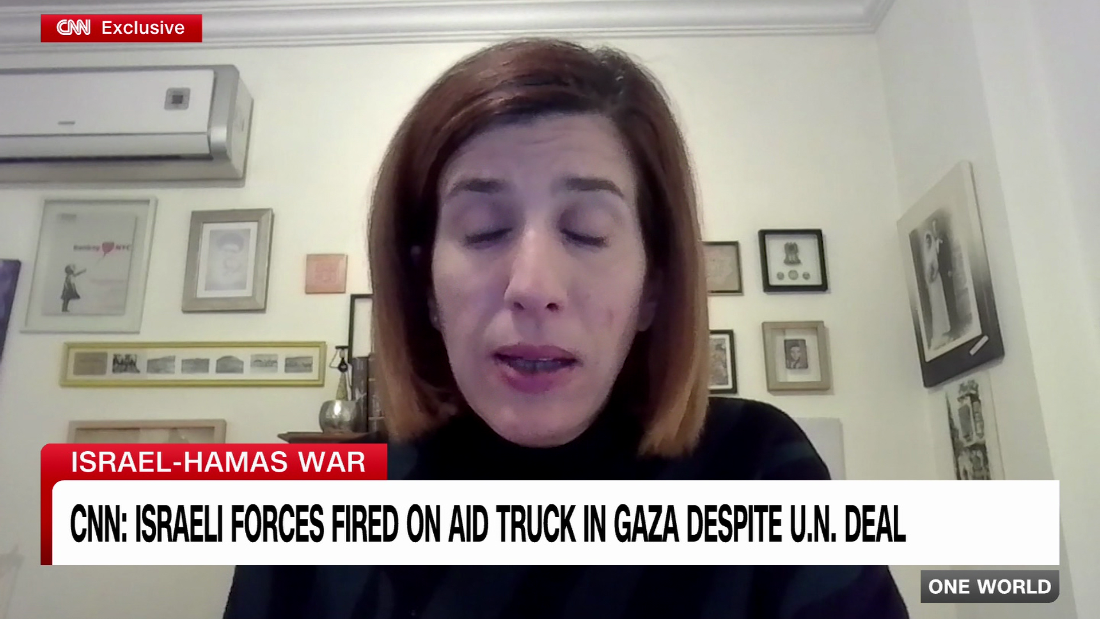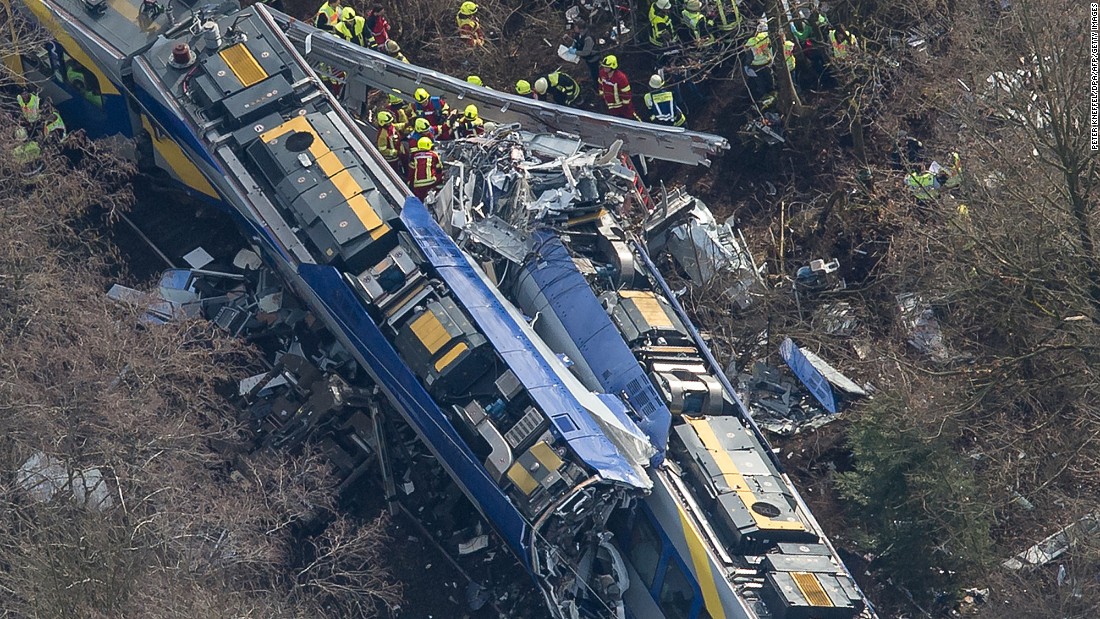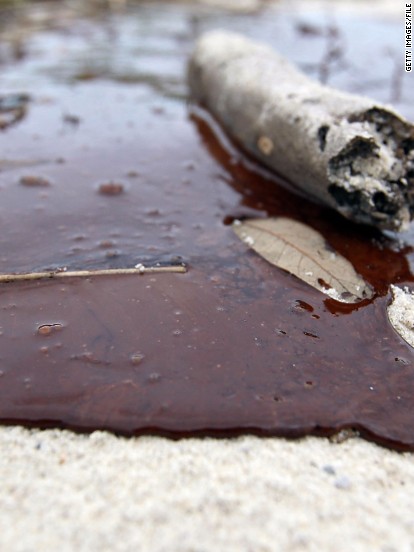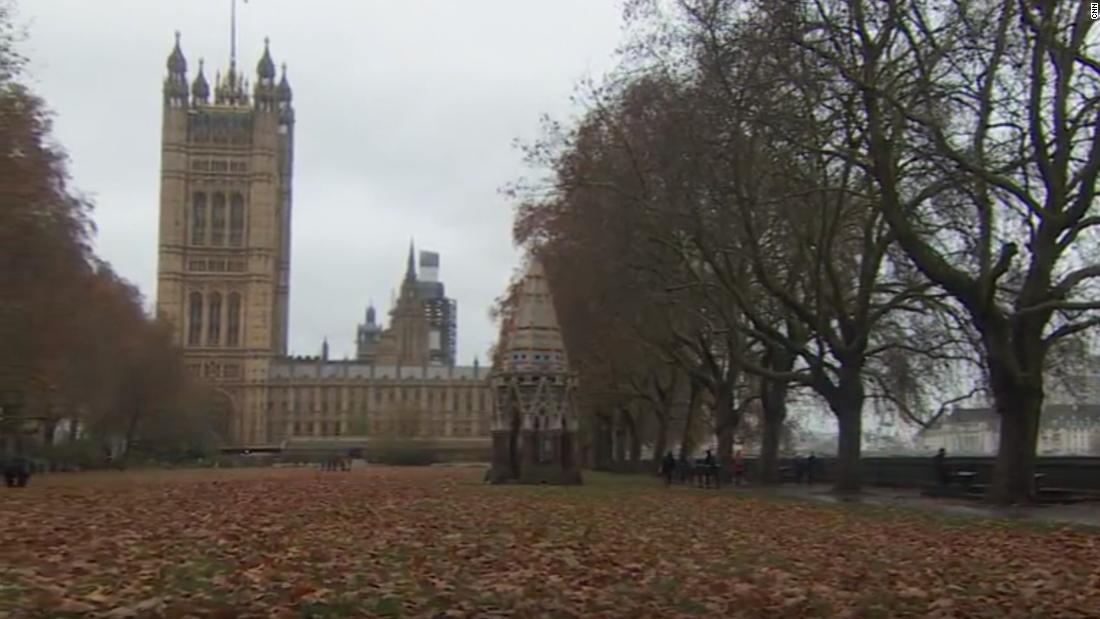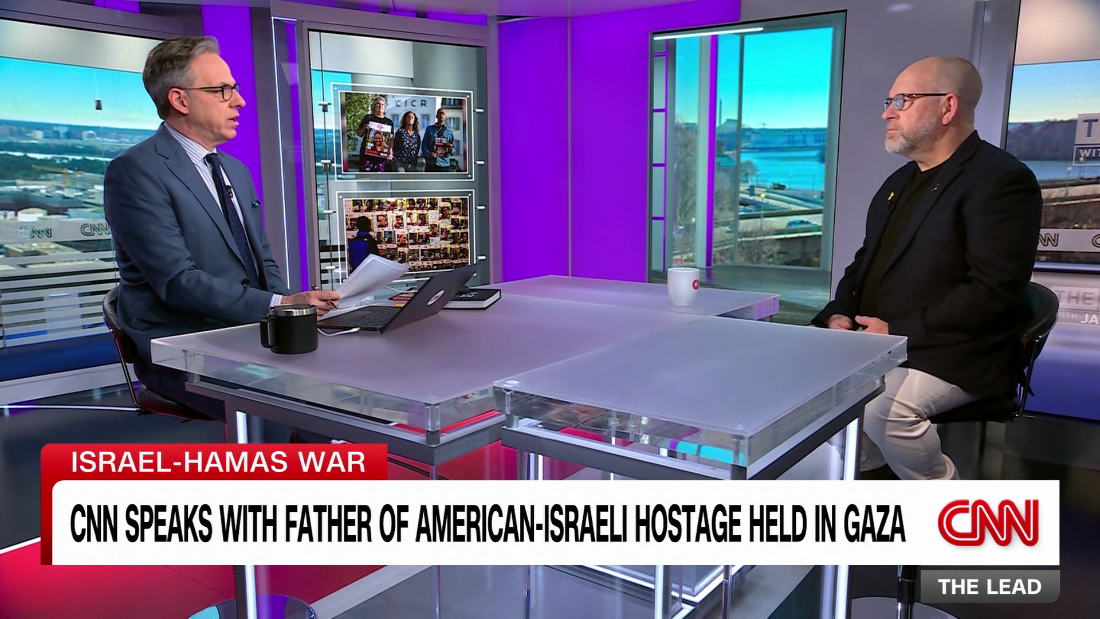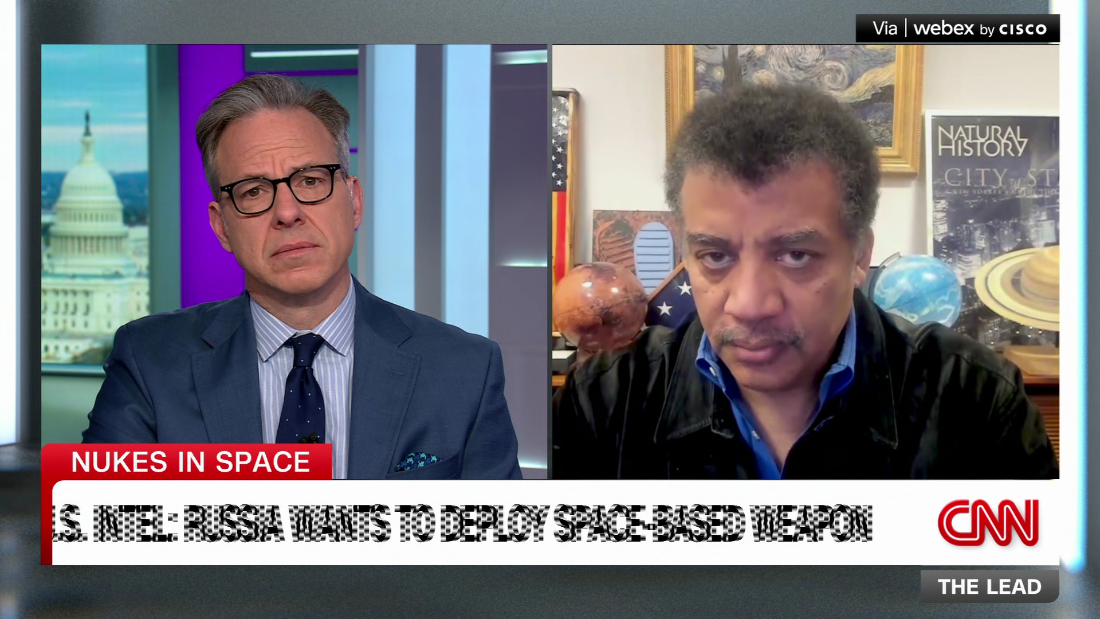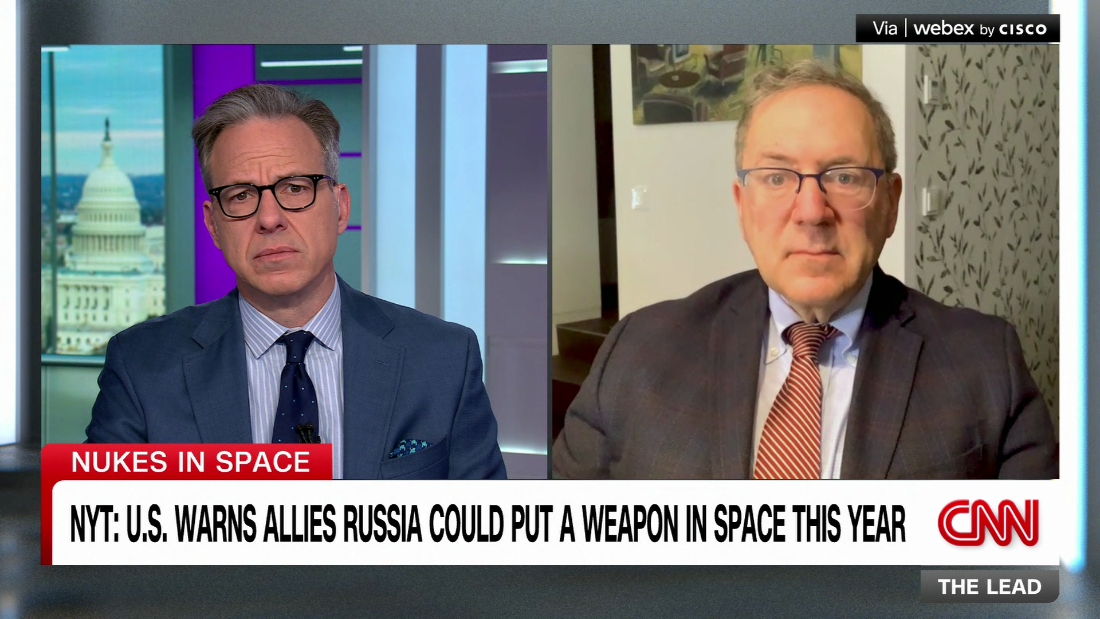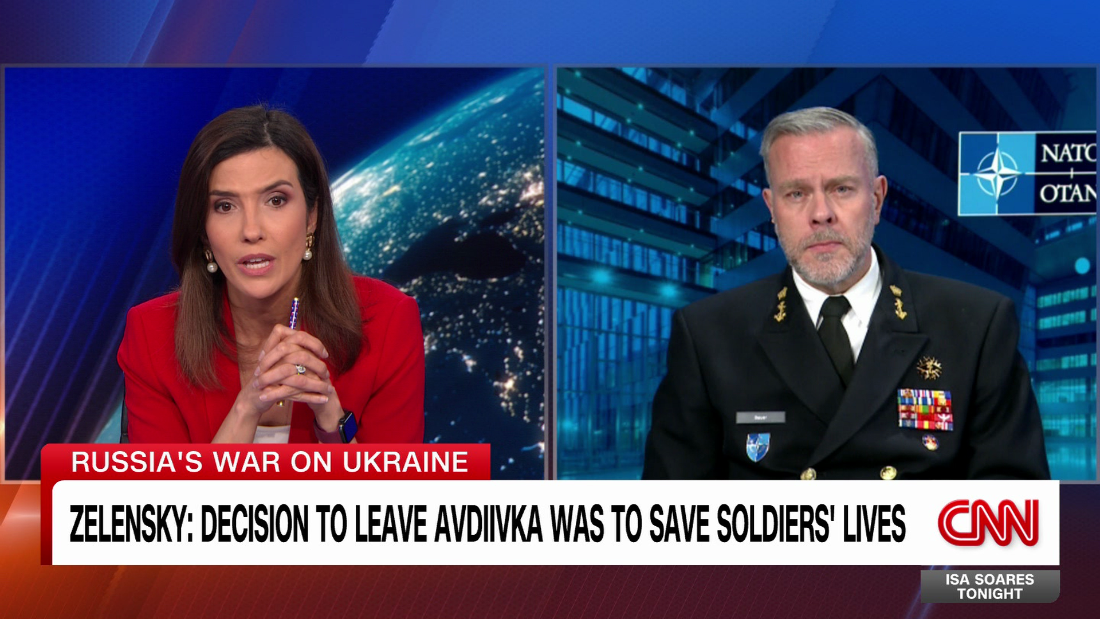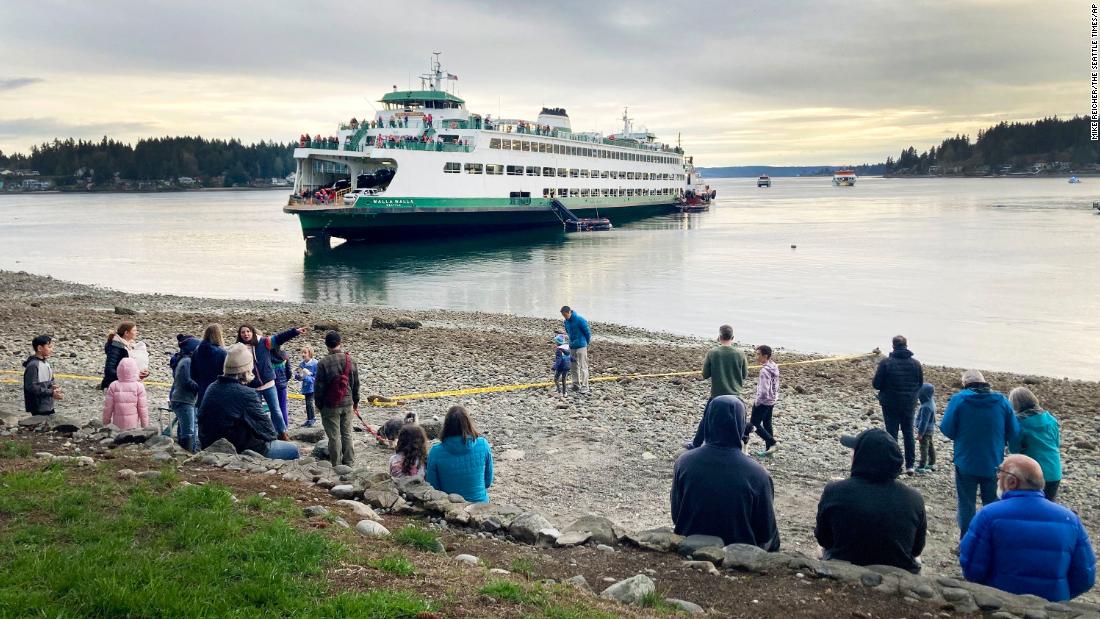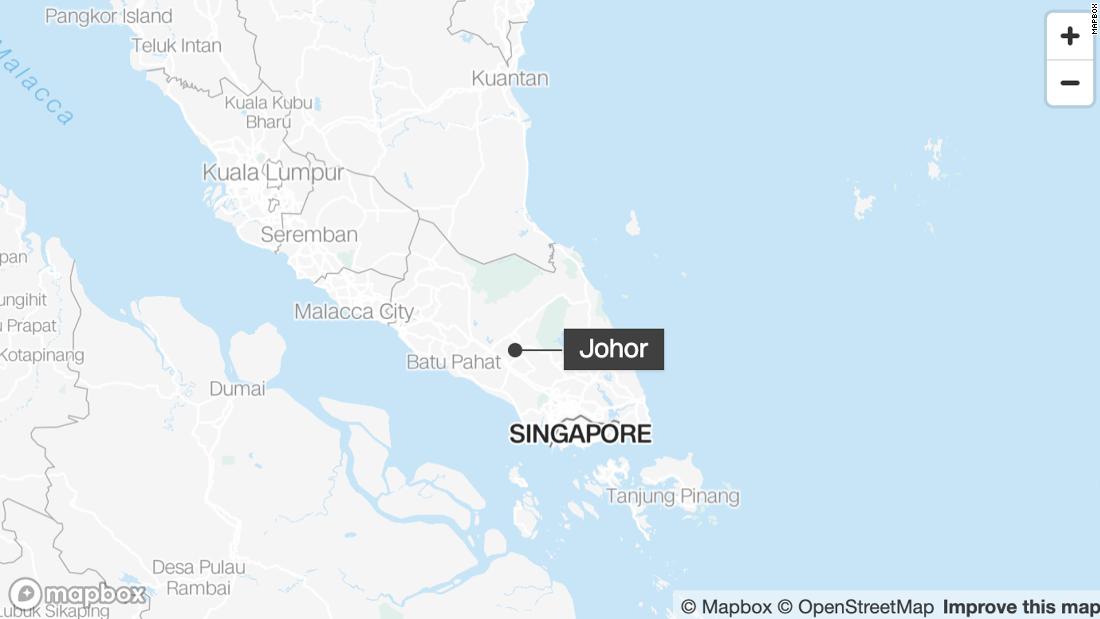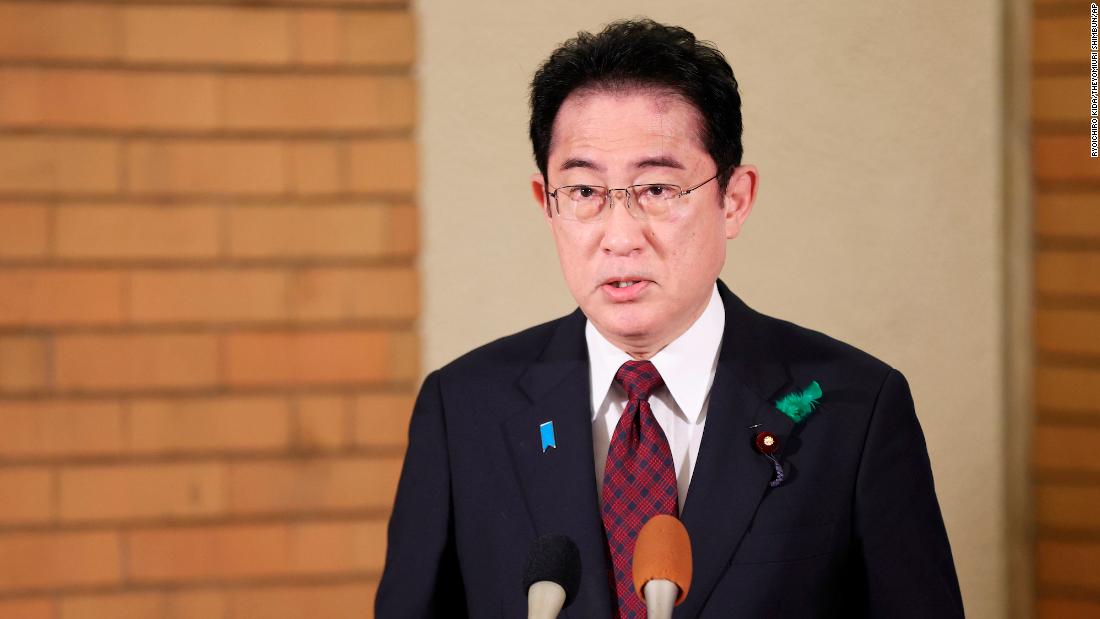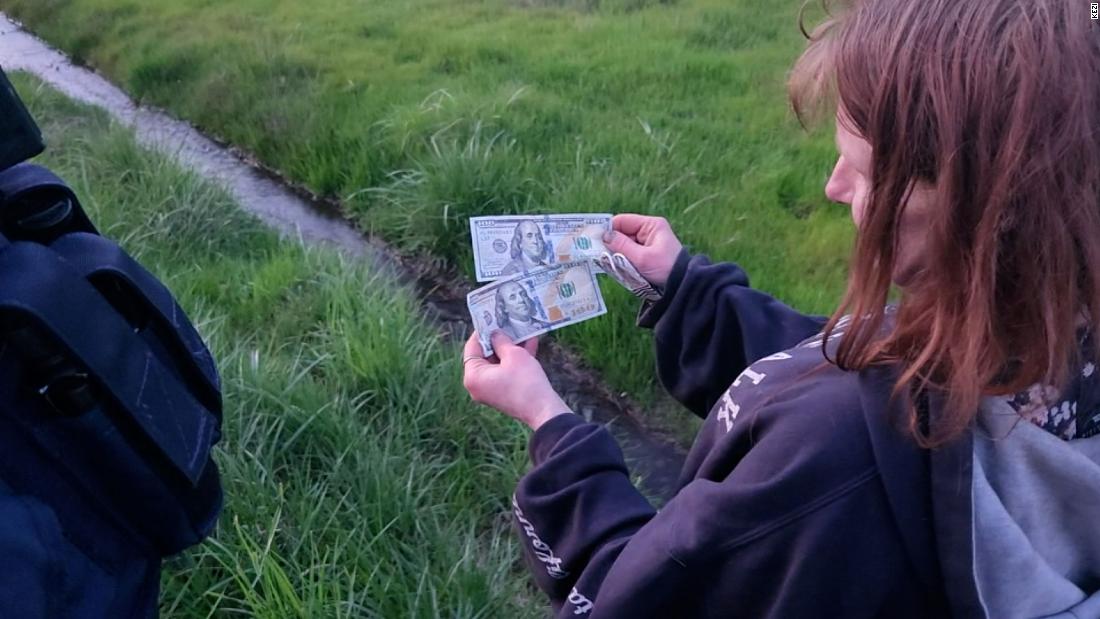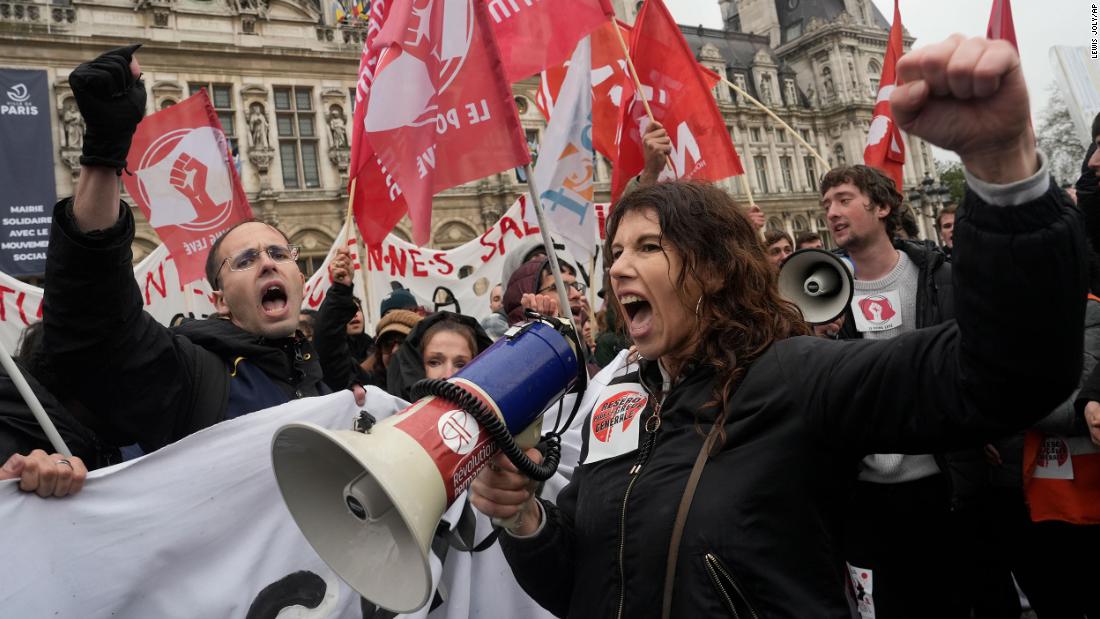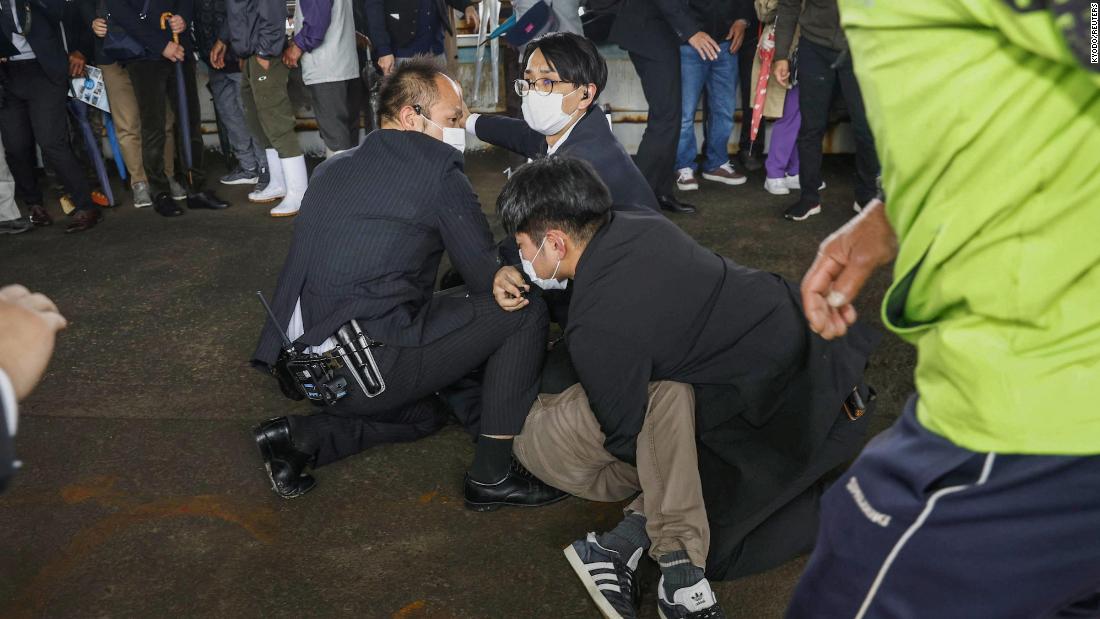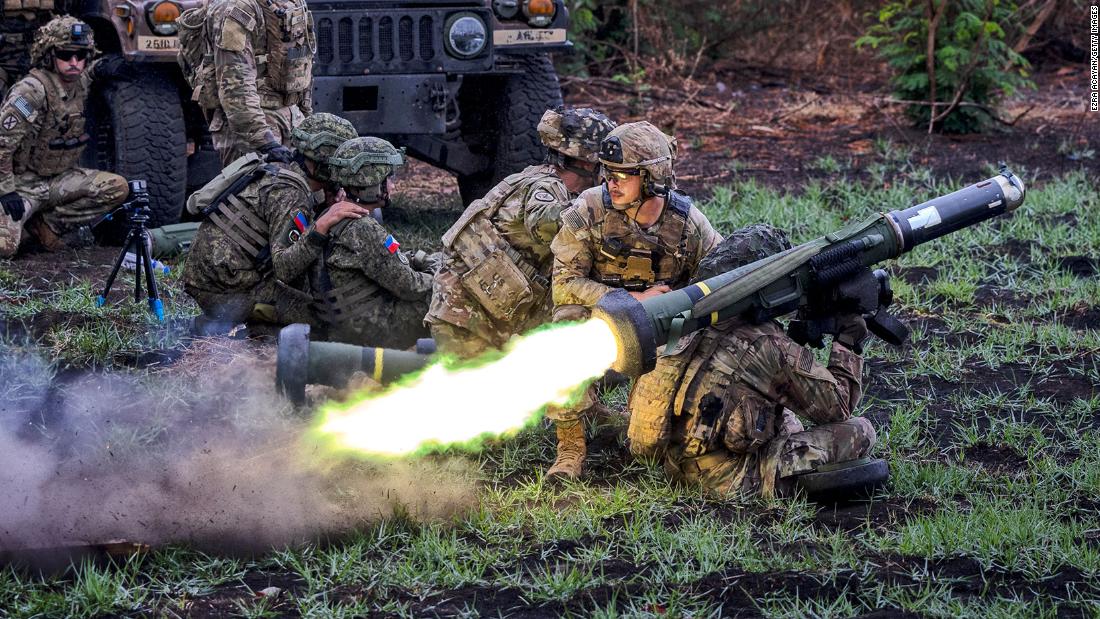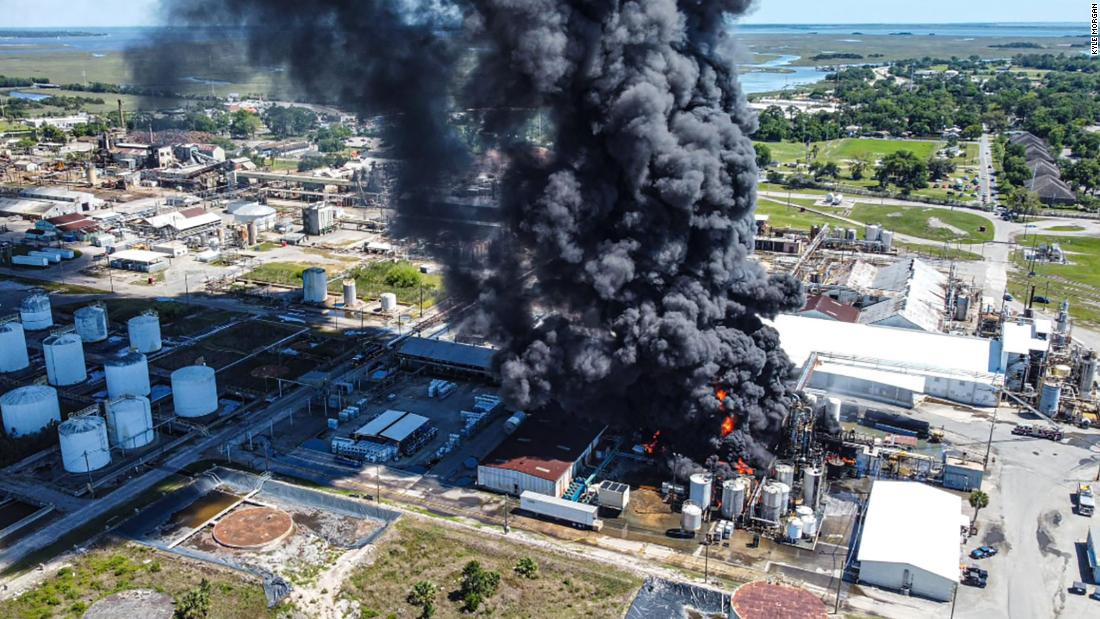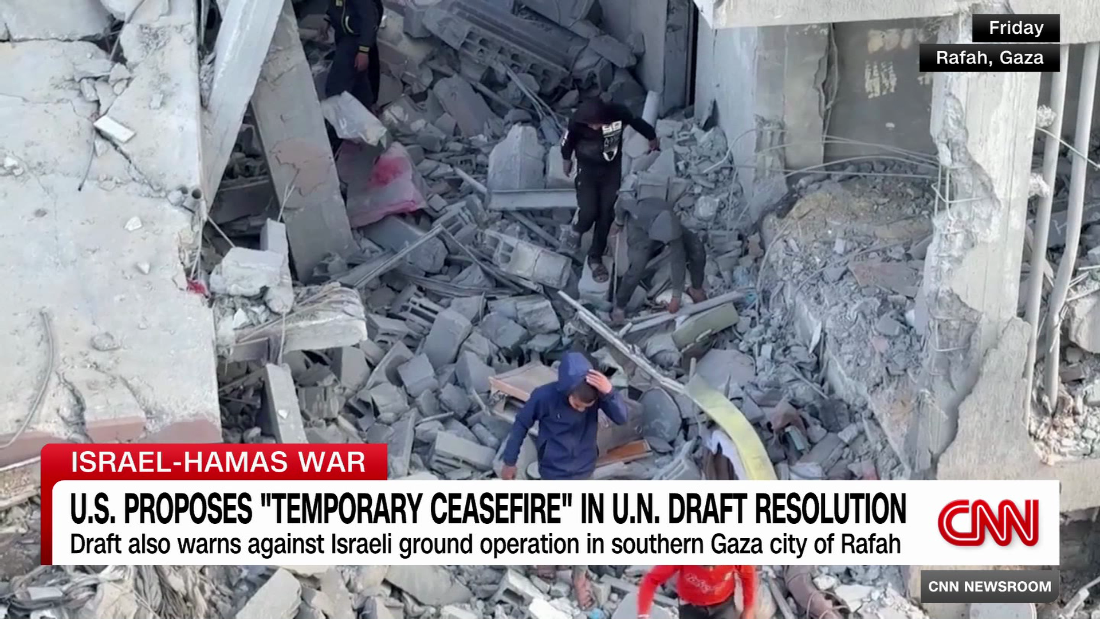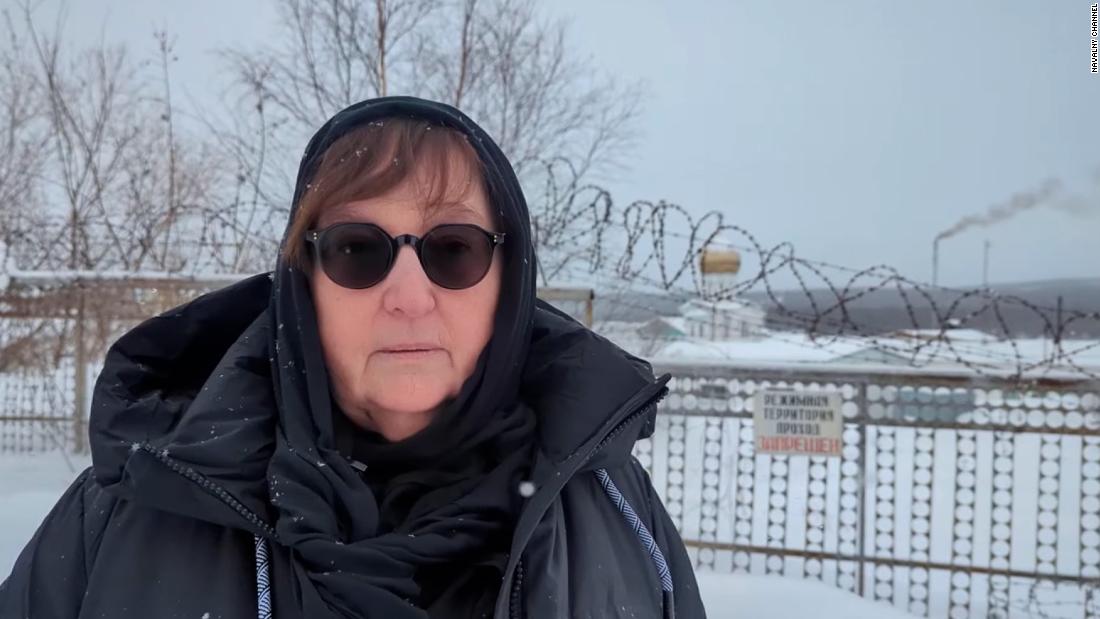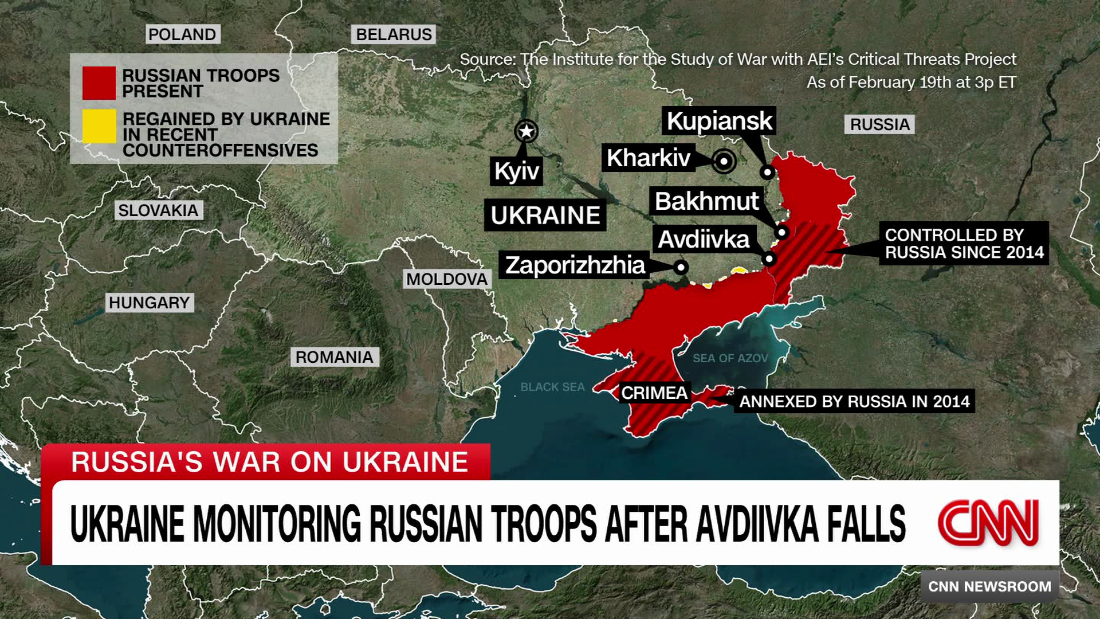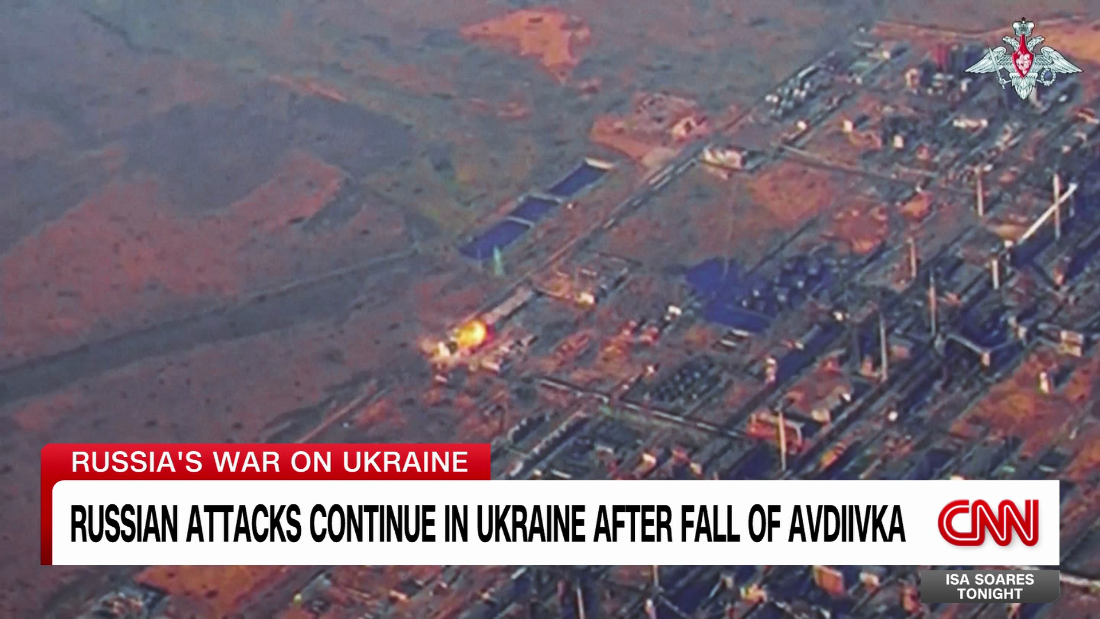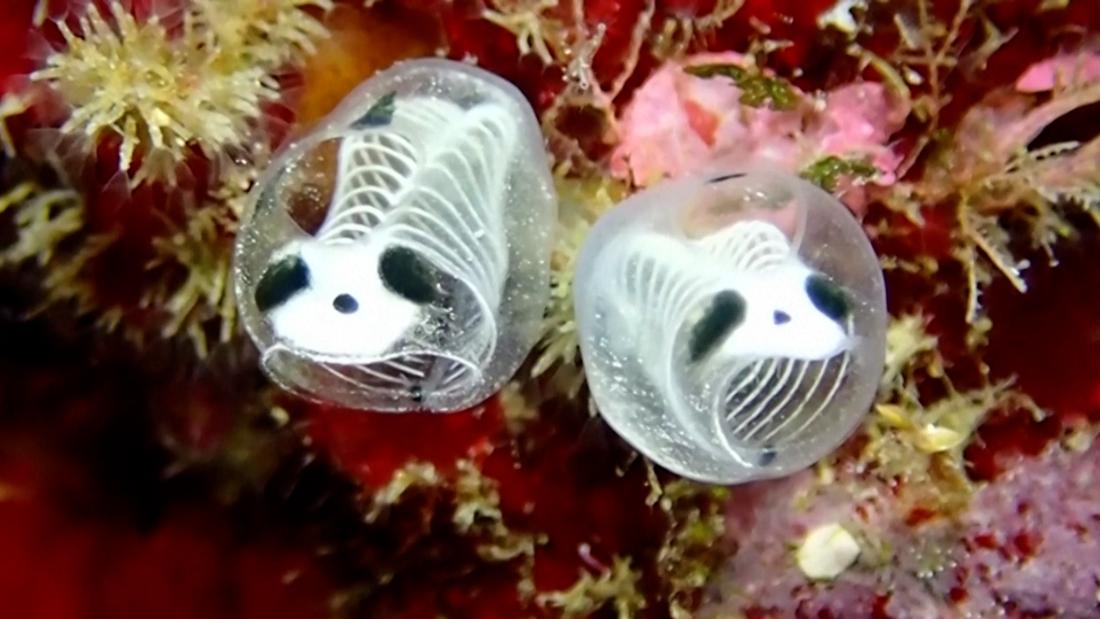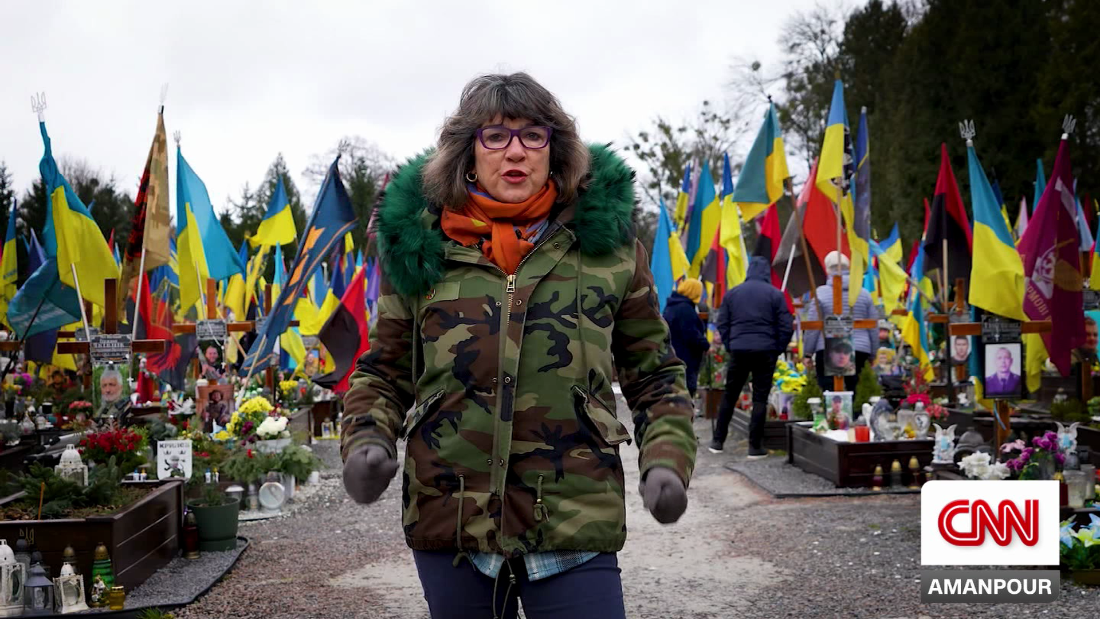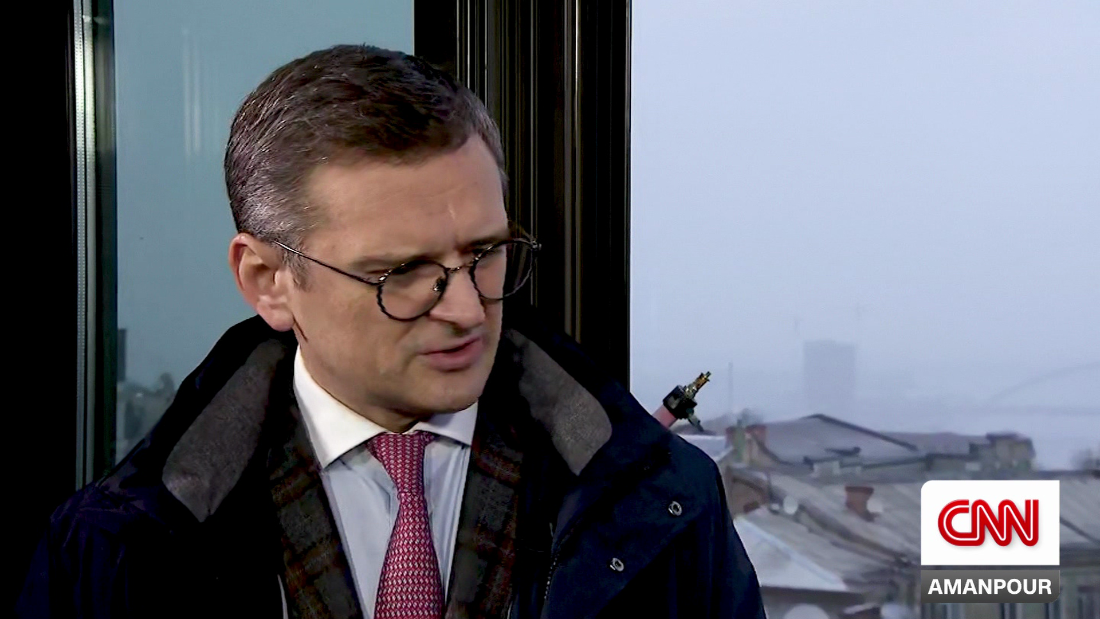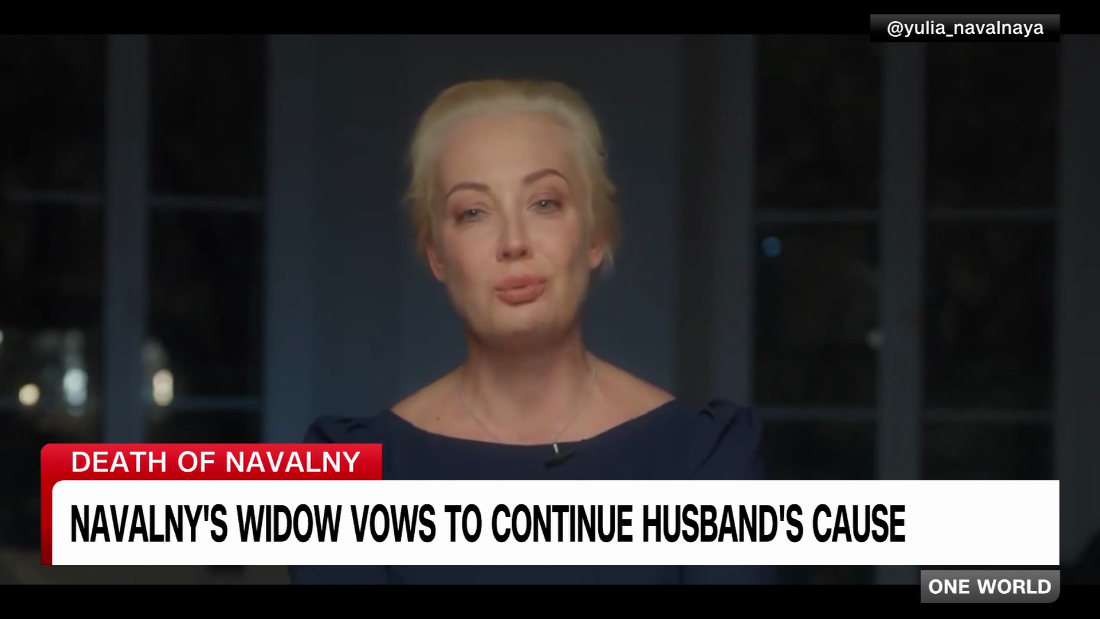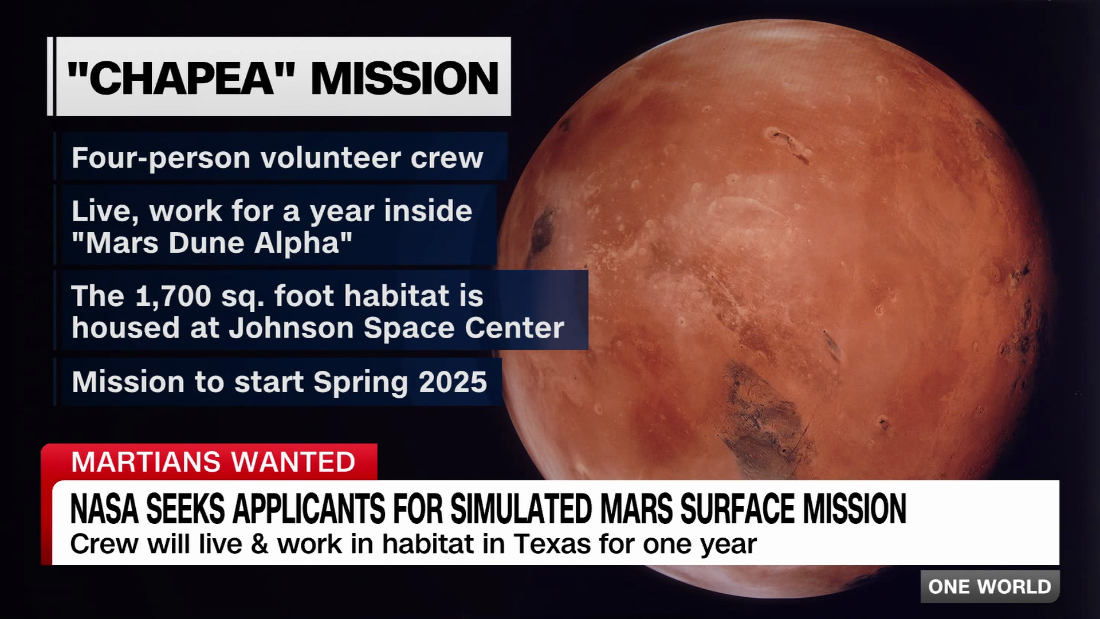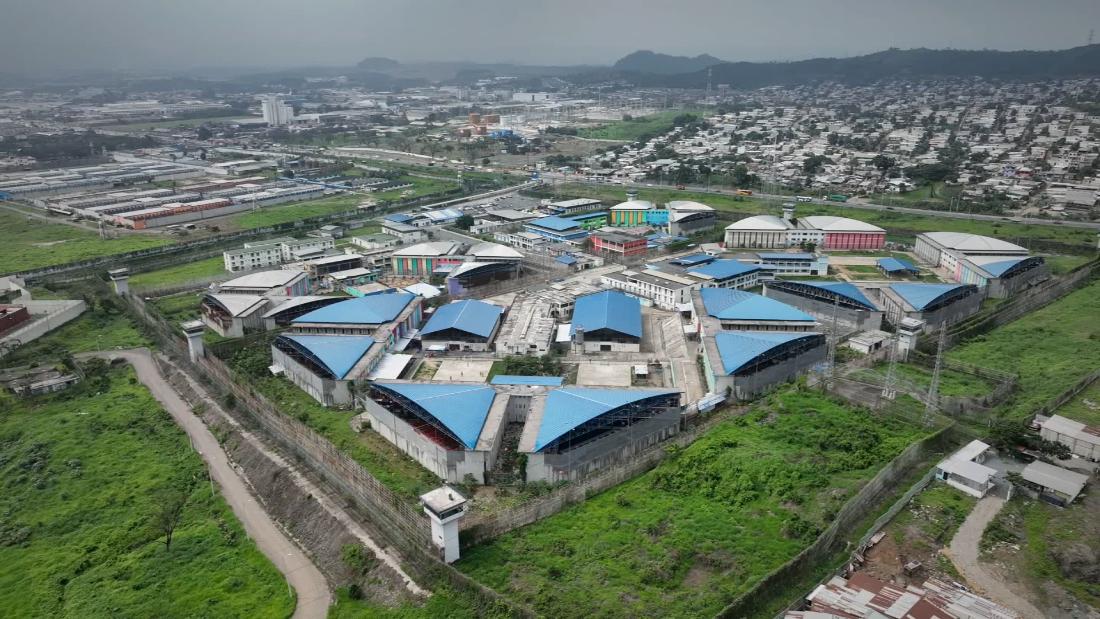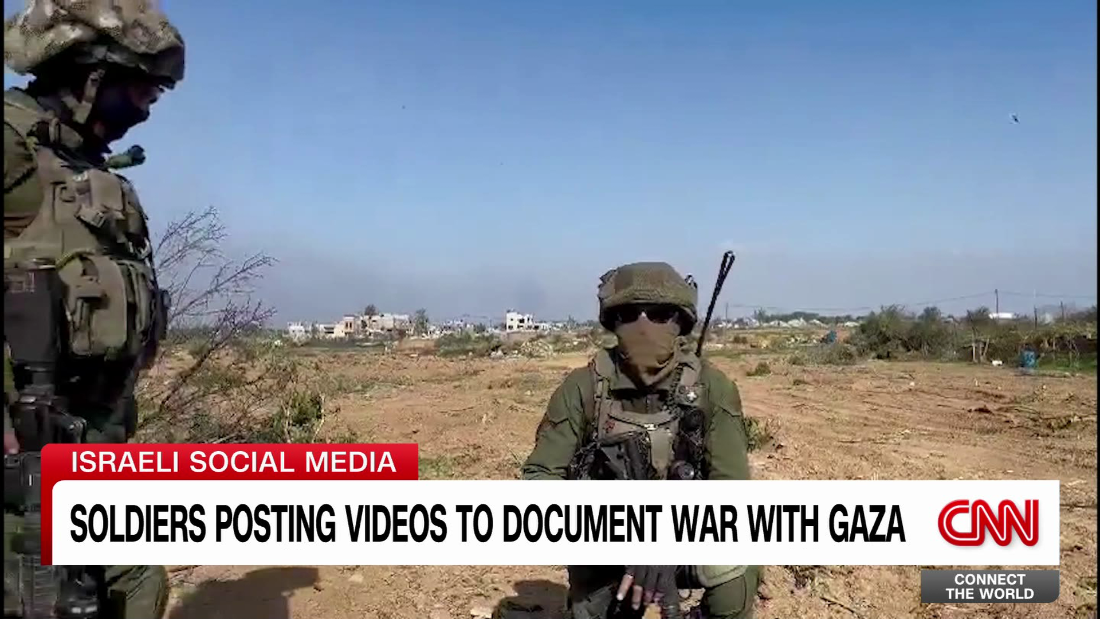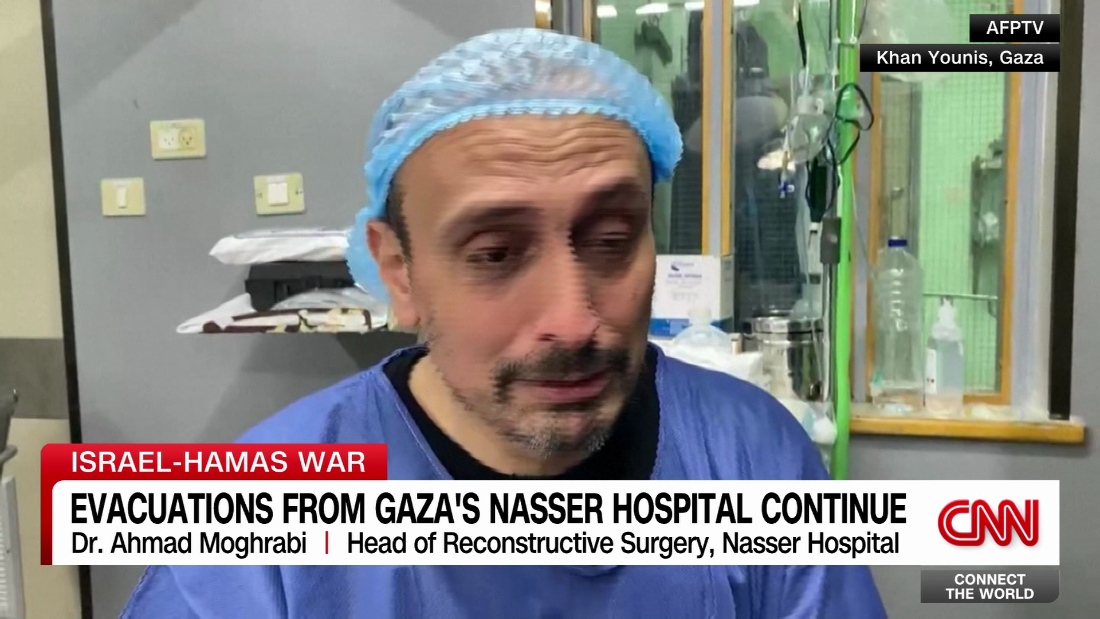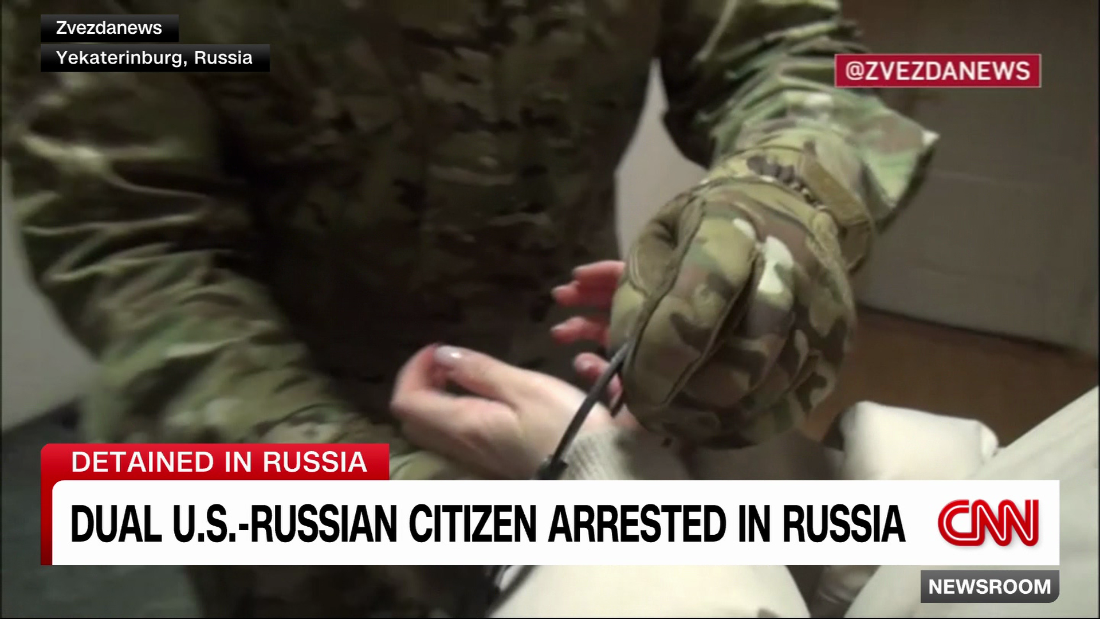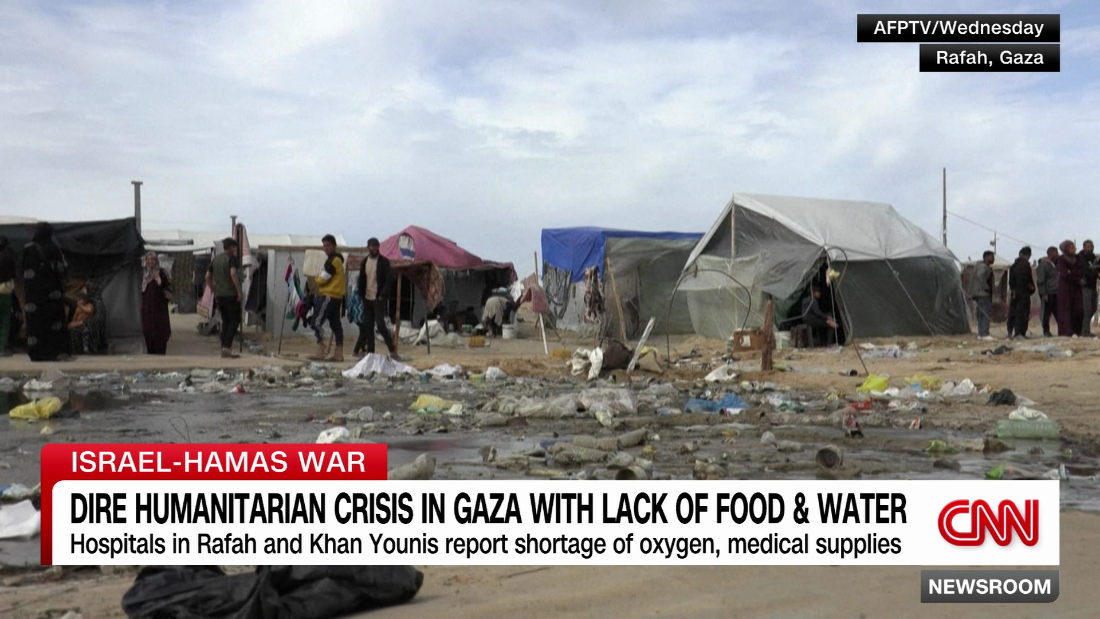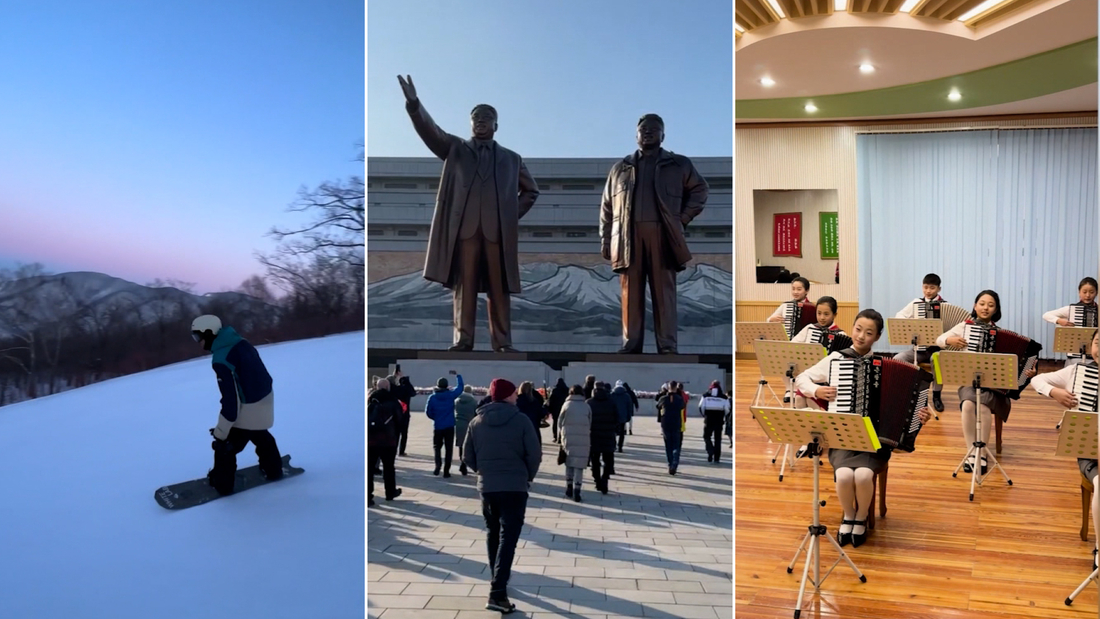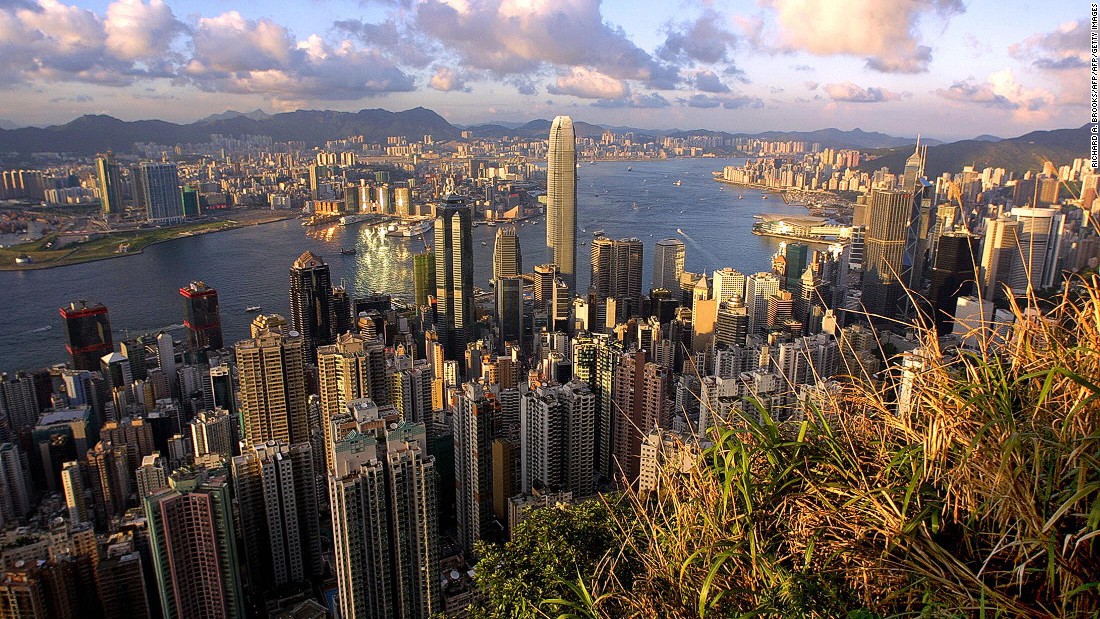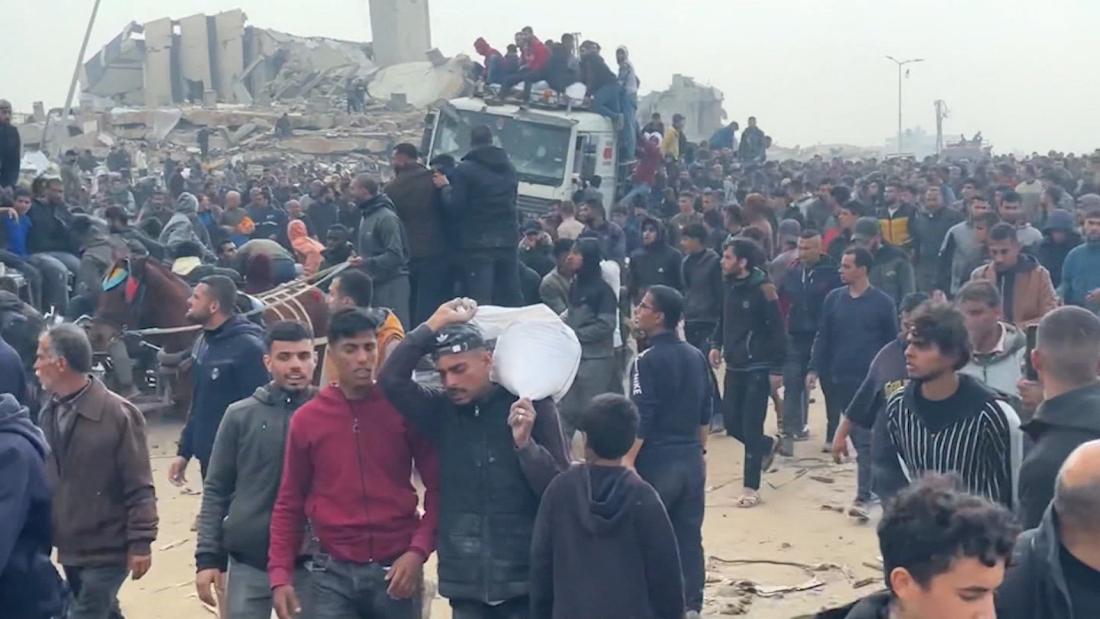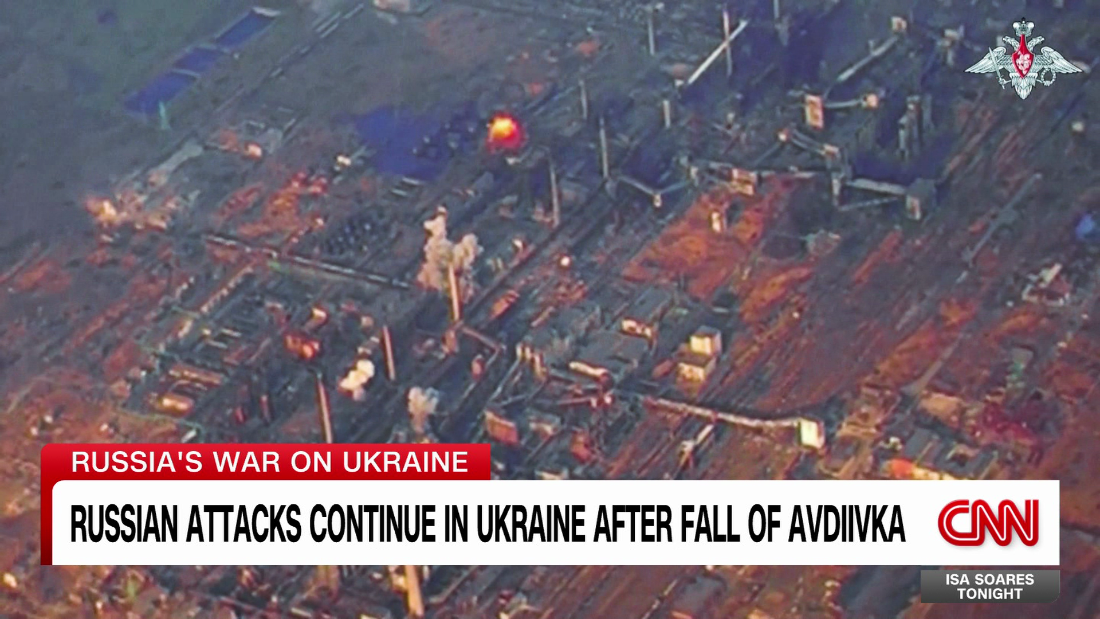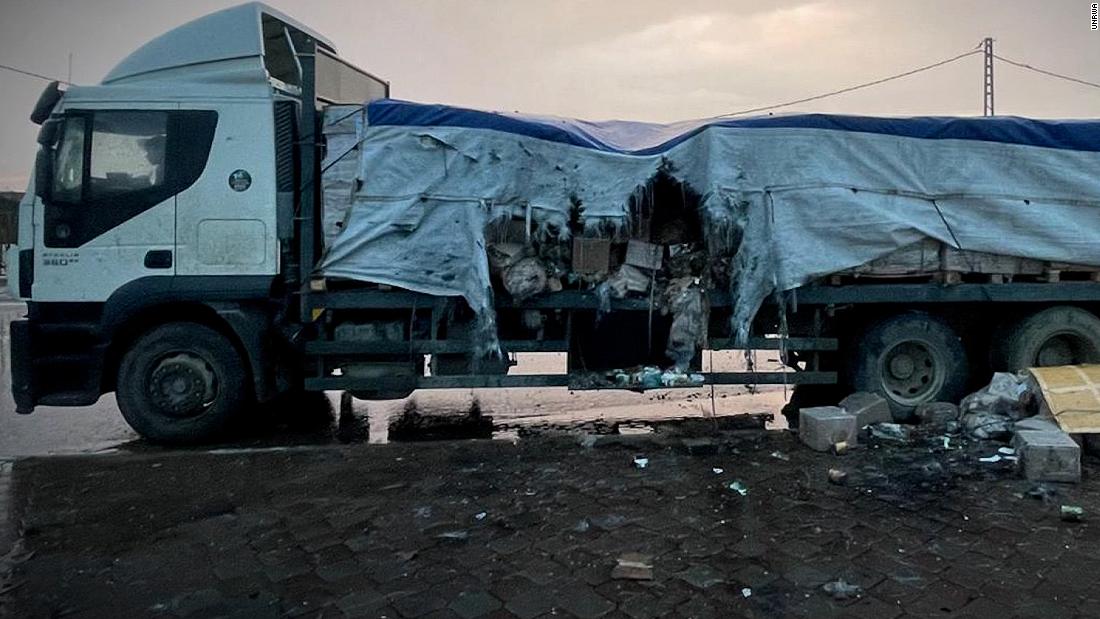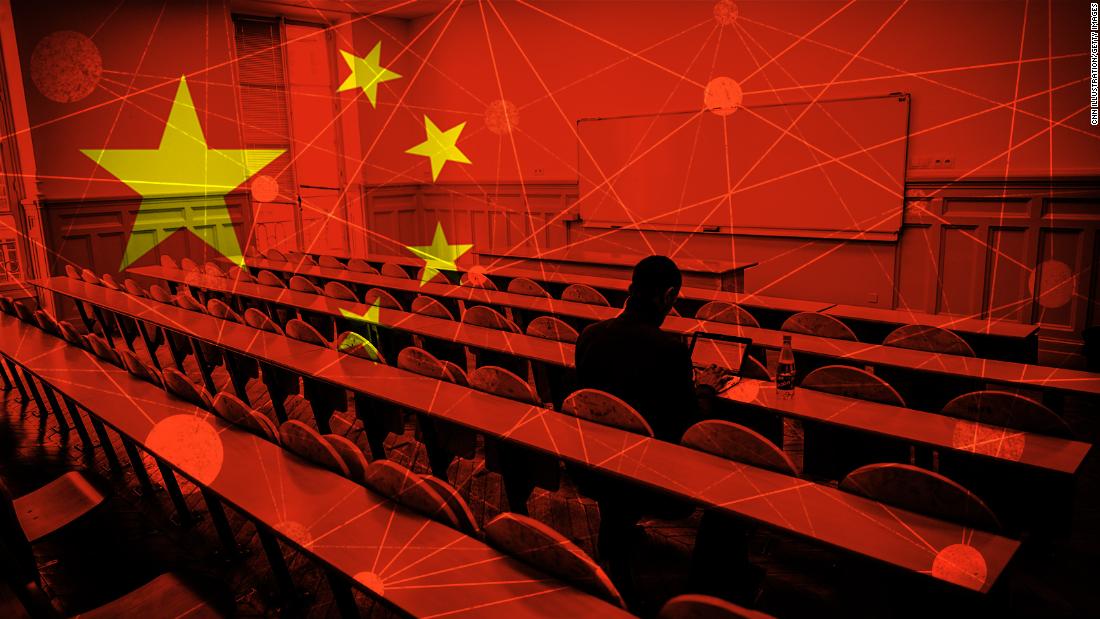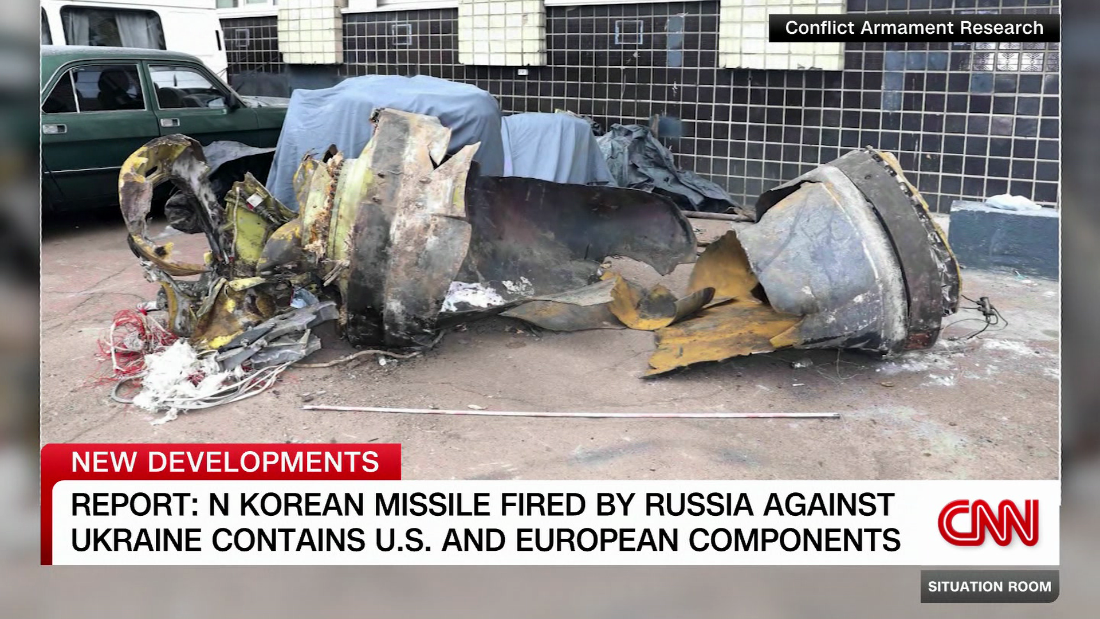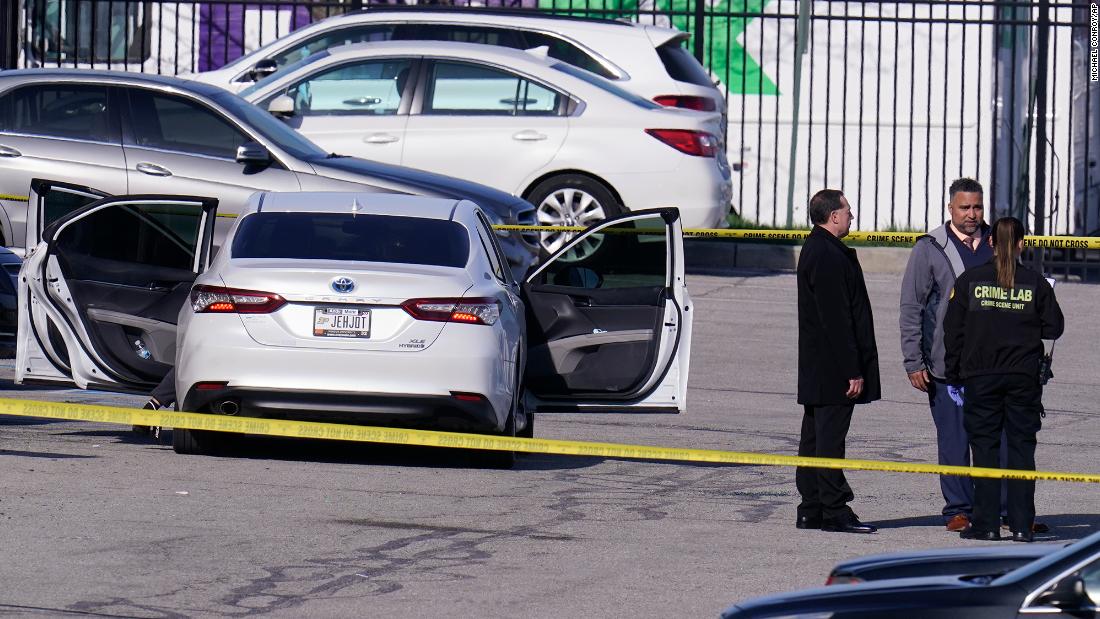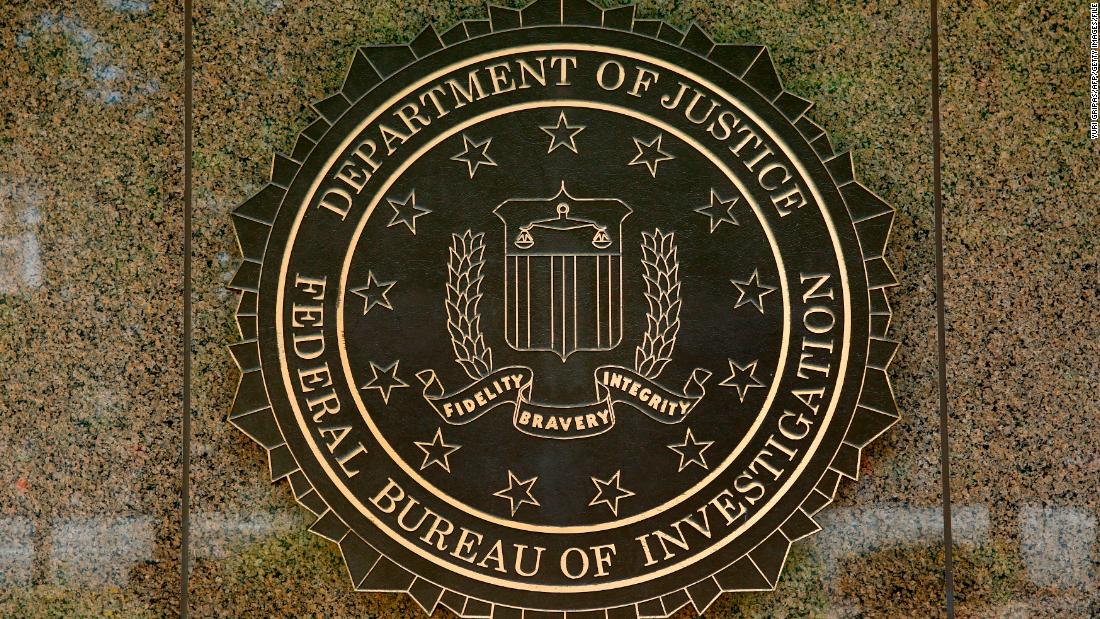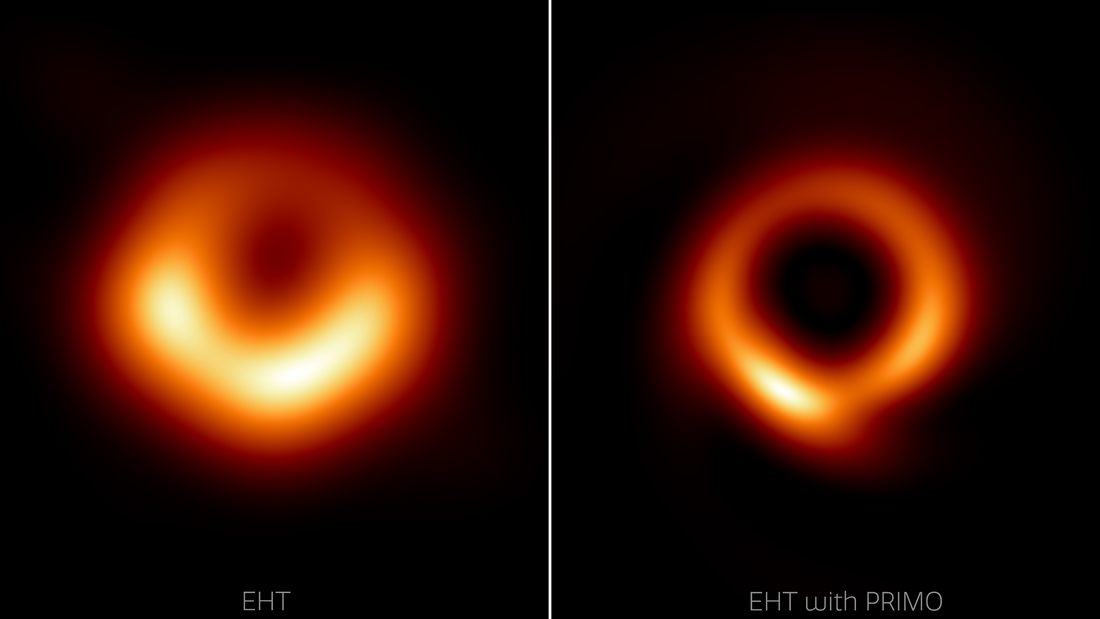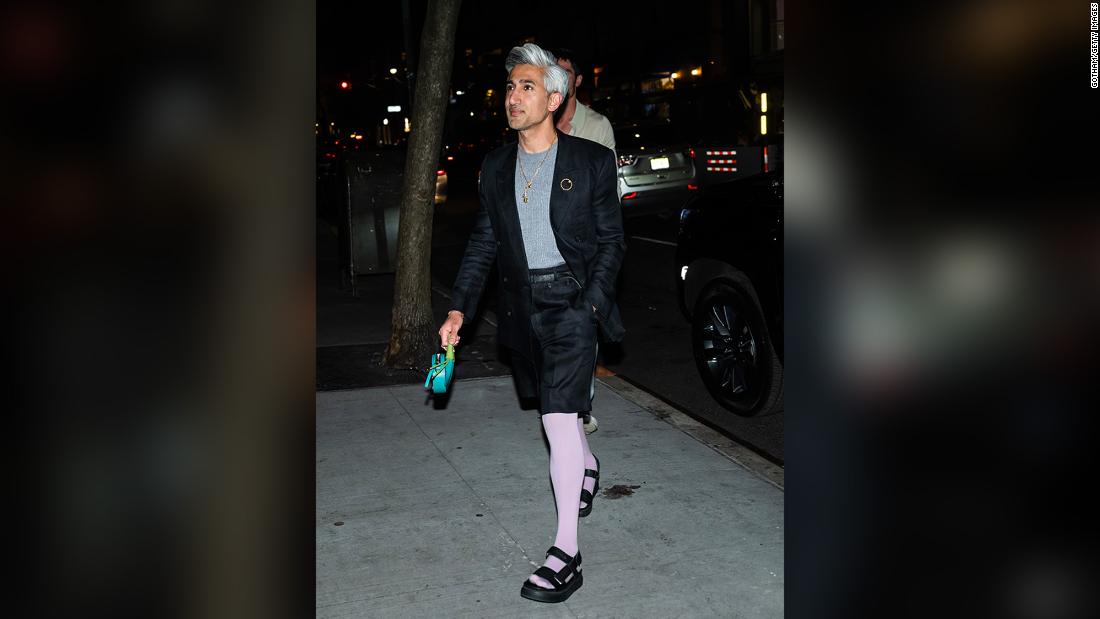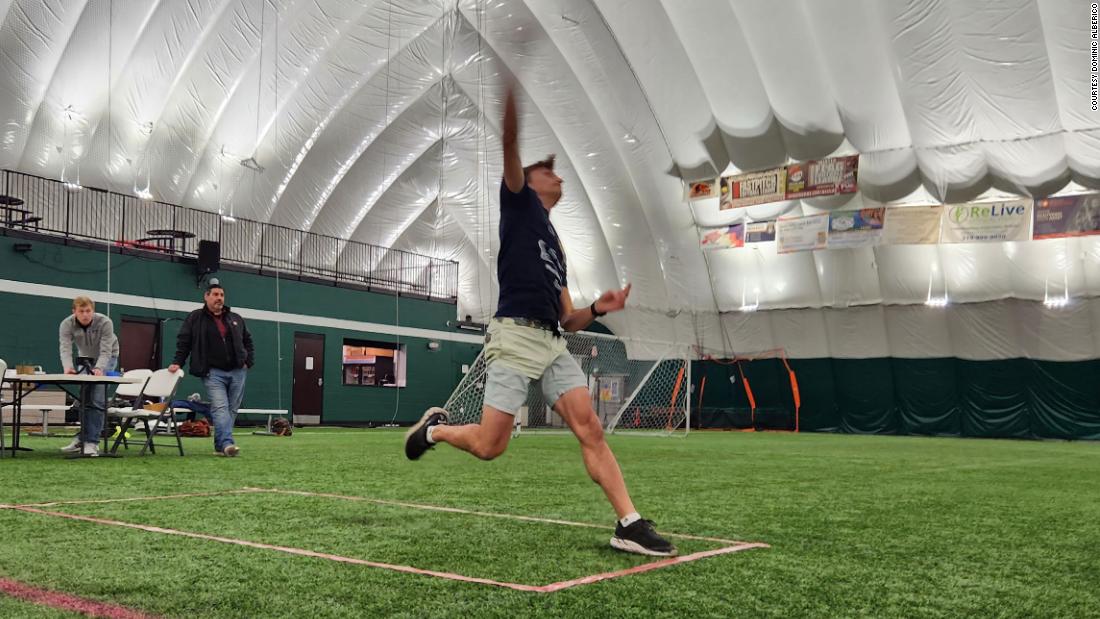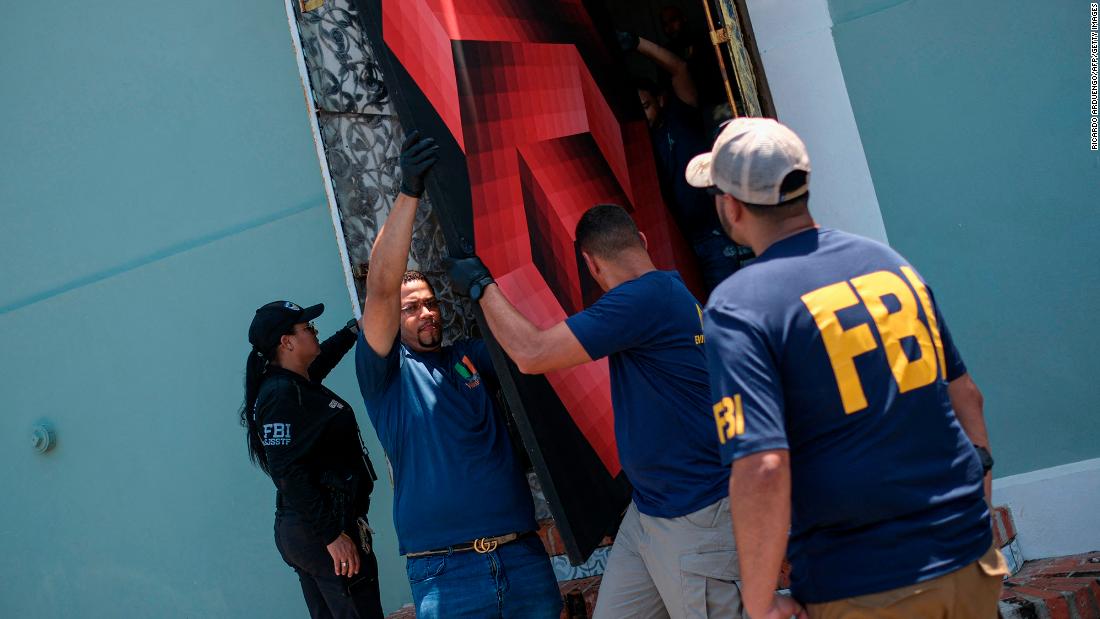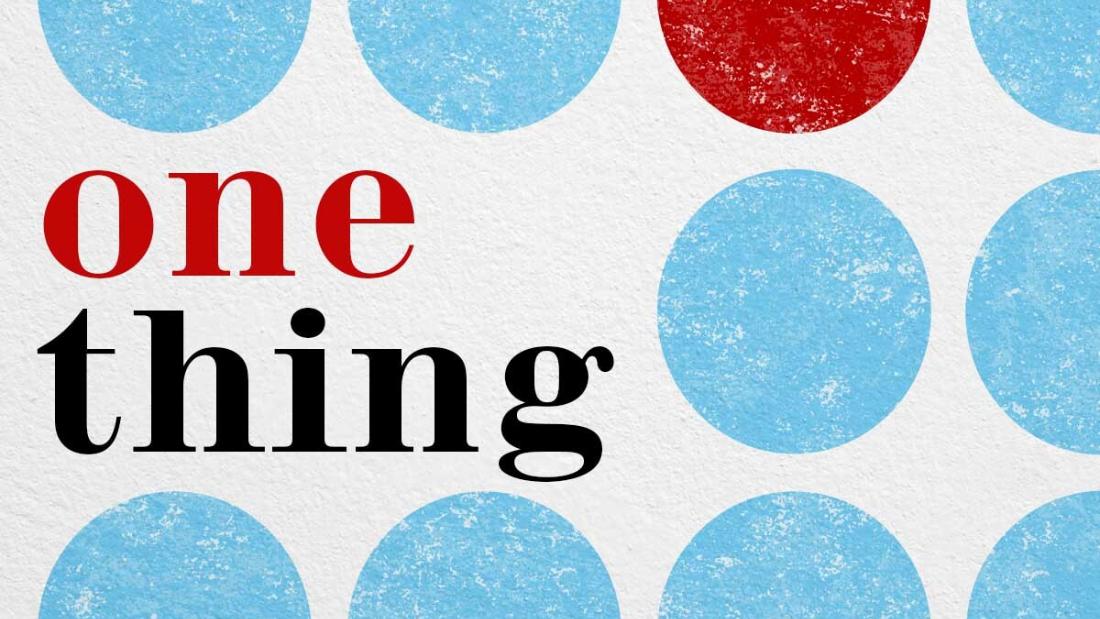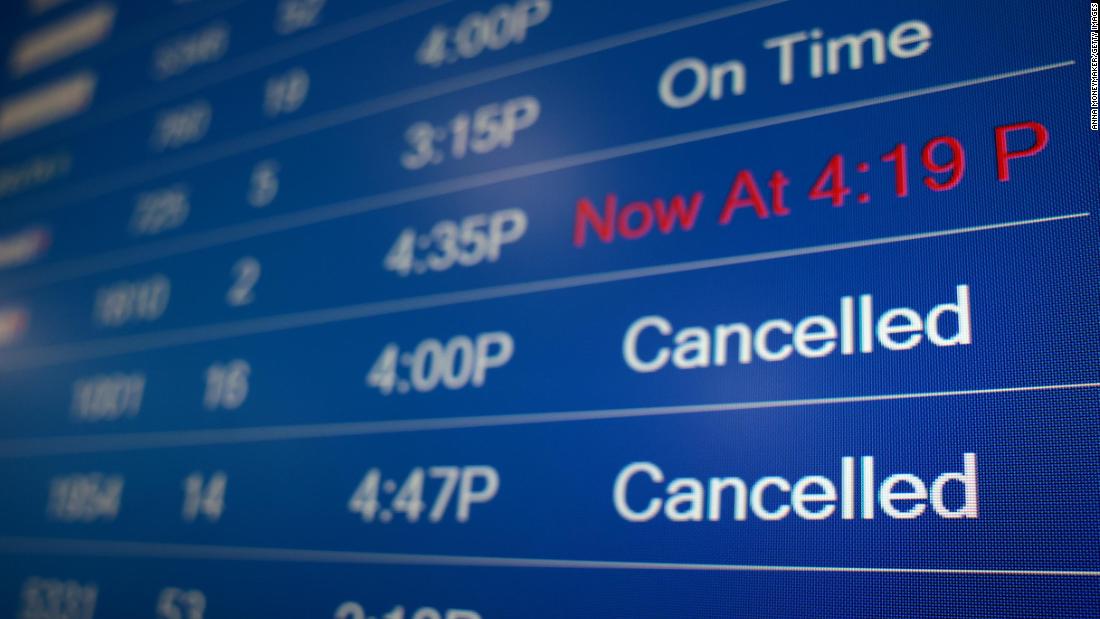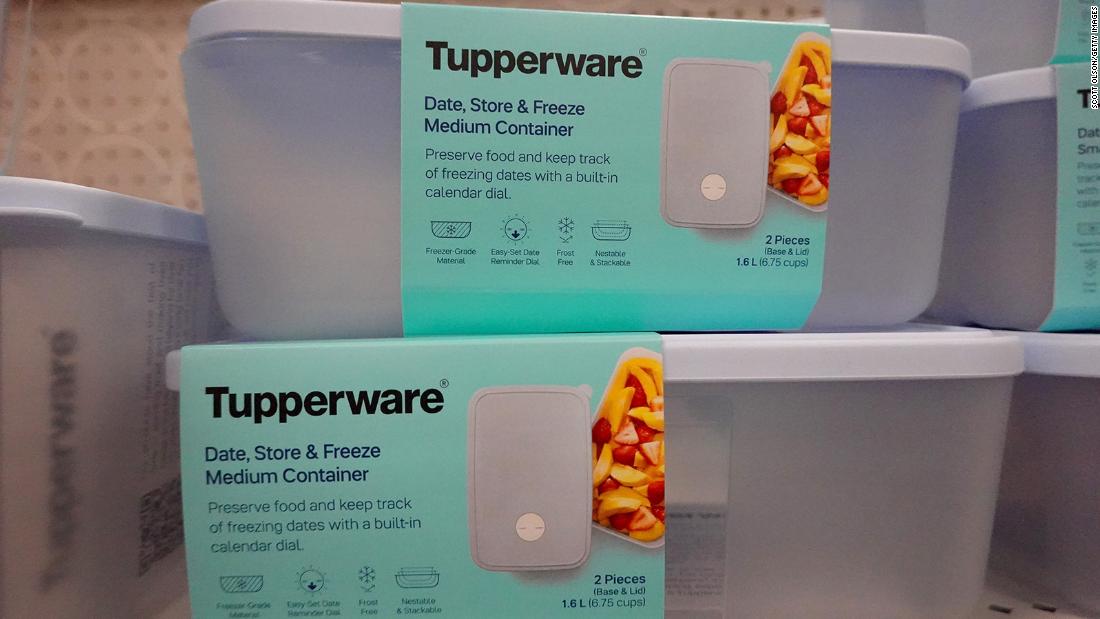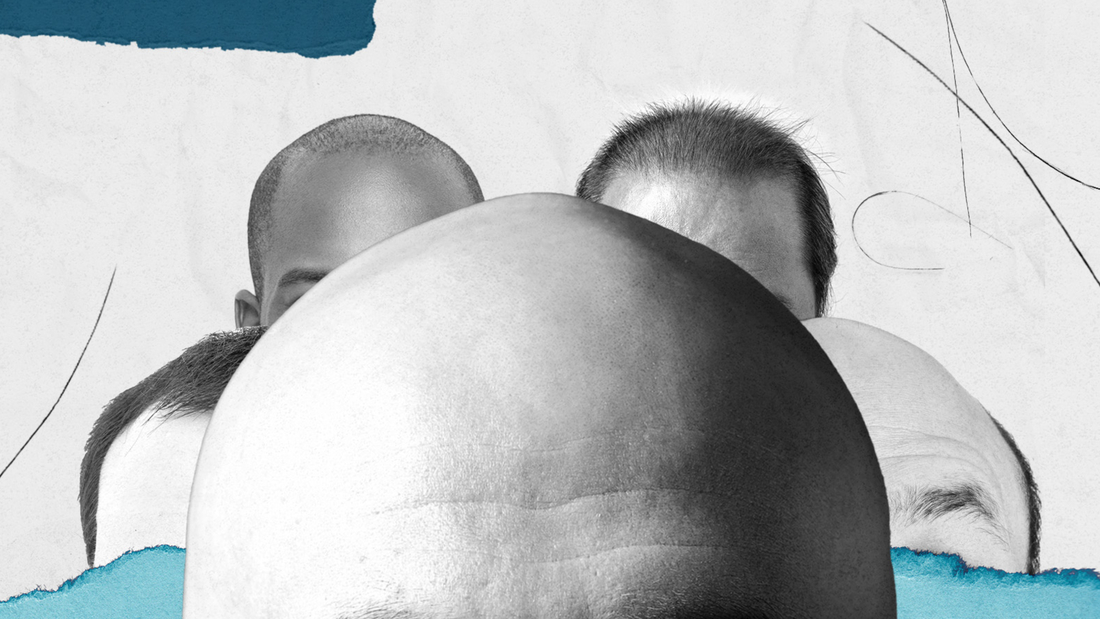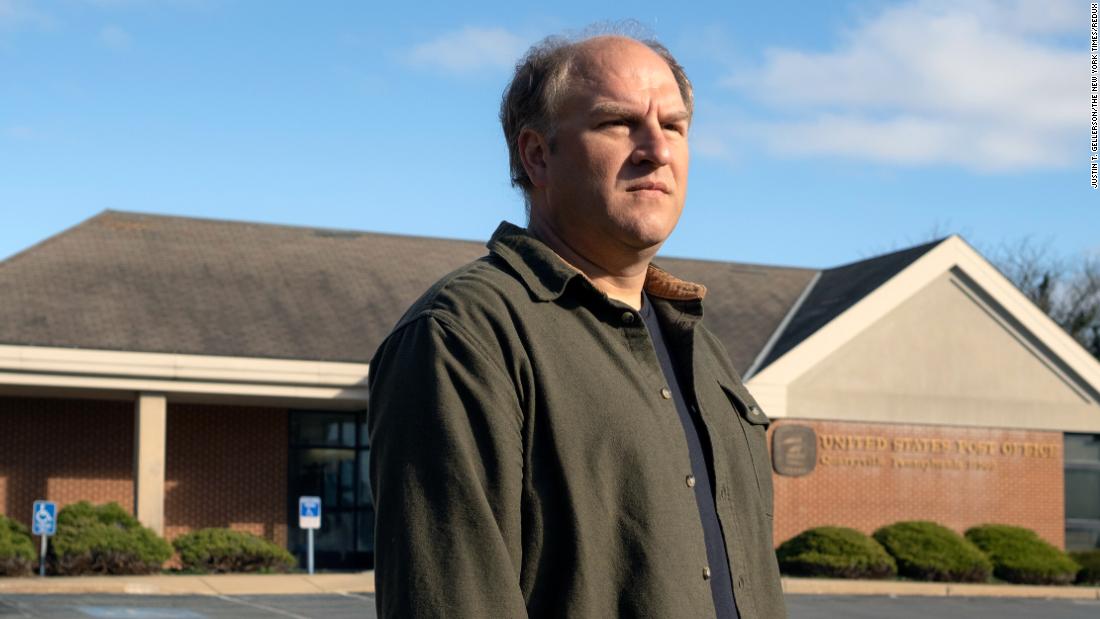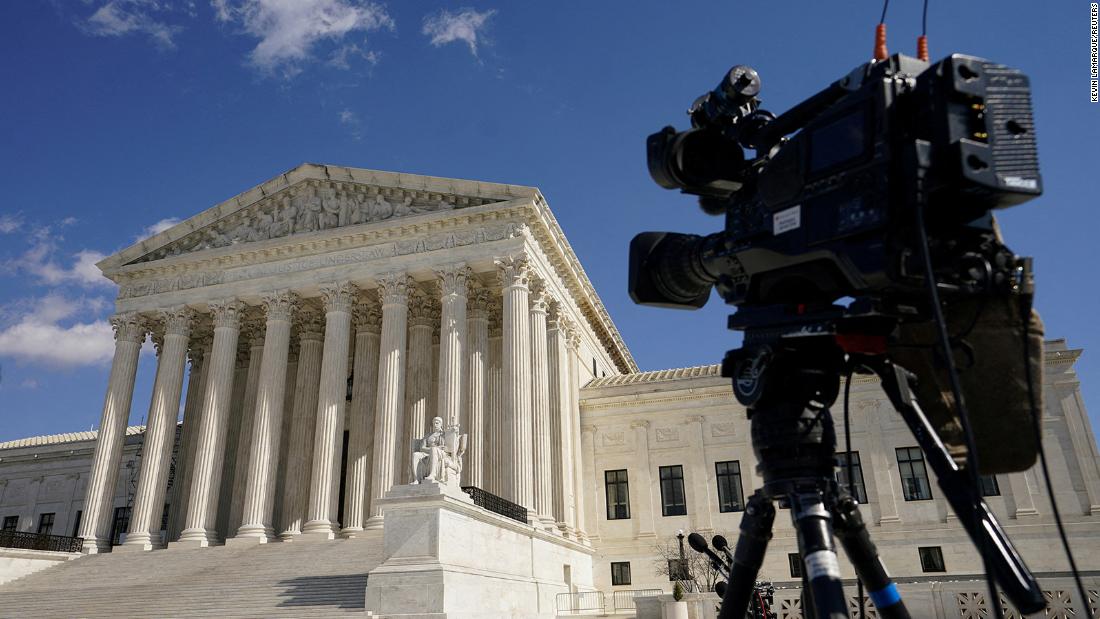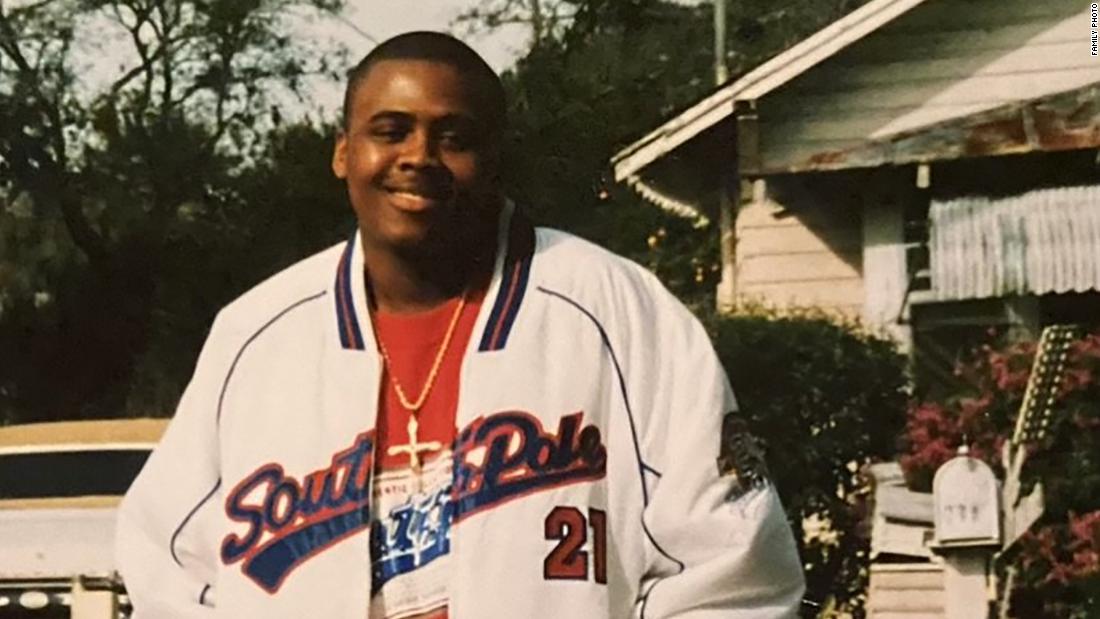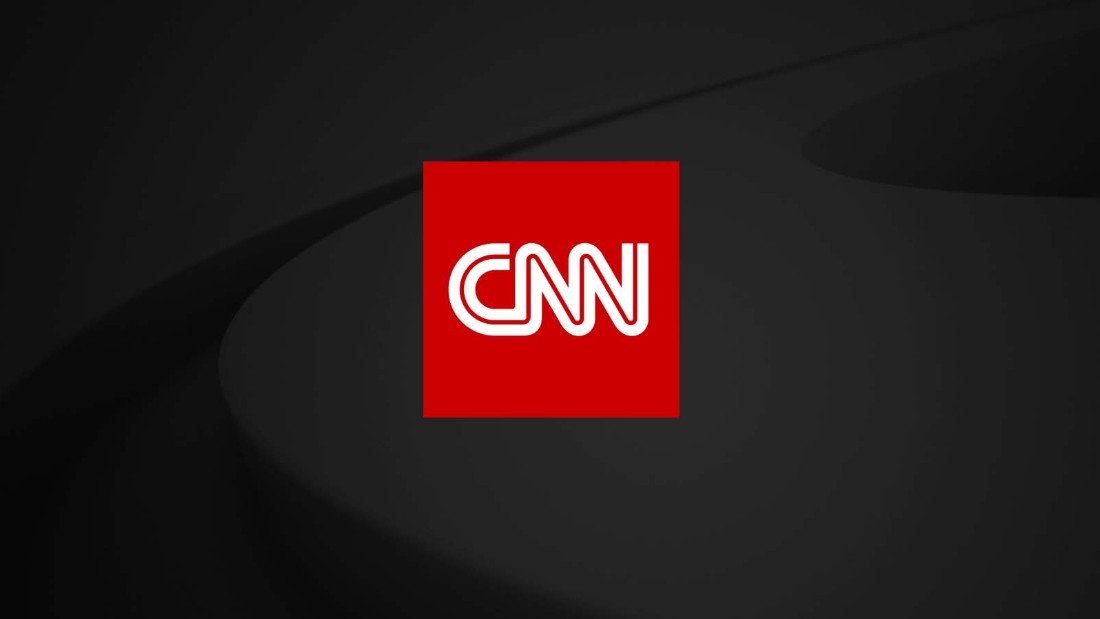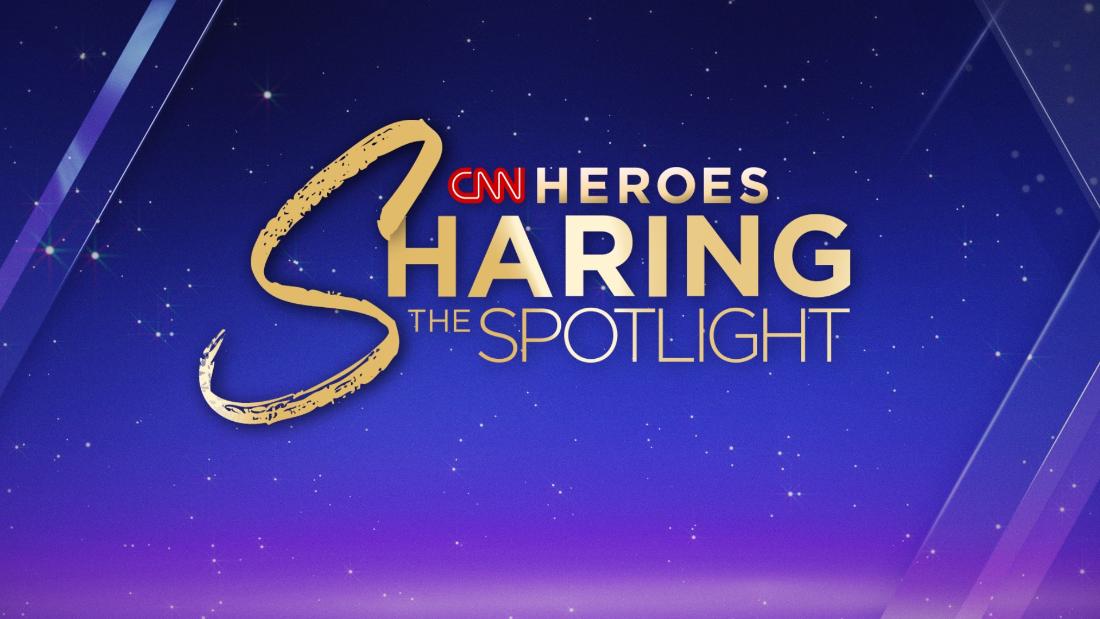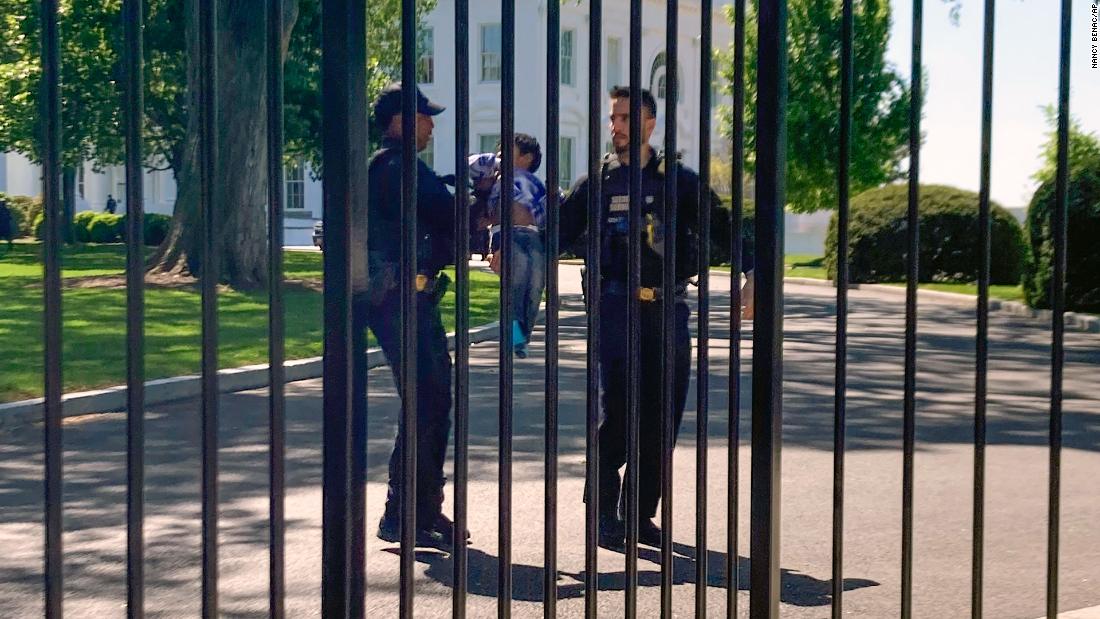AIRLINES paused flights and some planes were forced to return to airports as the 8.8 magnitude earthquake which hit off the coast of Russia sparked travel chaos.
Scores of passengers heading to Hawaii have been left waiting in airport departure terminals as they braced for potential impact of tsunami waves.
Scores of passengers seen waiting in departure lounges at Los Angeles airportSplash
American Airlines flights to Honolulu have been delayedSplash
Hawaiian officials feared waves of up to 10 foot after the 8.8 magnitude quake struck off Russia.
The quake hit about 84 miles off the Russian coast at around 7.24pm EST on Tuesday (12:30am BST) at a shallow depth of 19.3km (12 miles).
It is the sixth largest-ever quake recorded and the largest since the 2011 shake which led to a tsunami that caused the Fukushima nuclear disaster.
Pictures showed dozens of travelers waiting for updates in Los Angeles International Airport.
Departure lounges were packed as Americans heading to Honolulu were met with the message their American Airlines flight had been delayed.
And, Alaska and Hawaiian Airlines paused flights as a precaution. Hawaiian Airlines have since restarted services.
Alaskan Airlines flights will restart in the morning, according to the carrier.
Some passenger planes en-route to Hawaii were forced to return back to airports.
At least eight flights from Los Angeles to Hawaii were canceled or returned to the mainland.
One Alaska Airlines flight from San Diego heading to Kauai returned to the mainland around three hours into its journey.
Meanwhile, bosses at Hawaiian have issued a travel waiver to all impacted passengers.
What causes tsunamis?
Here are the facts…
Tsunami is a Japanese word used to describe huge waves – generally on oceans, but sometimes in lakes or large rivers
Ocean tsunamis are caused by sudden motions, which displace a large amount of water
This is typically an earthquake, but it could also be a volcanic eruption or underwater landslide
A huge impact into water – like a large landslide or meteor – can also cause tsunamis
When an earthquake happens, huge tectonic plates crunch together
When the “snap” eventually happens, this gives a large shove to water
This creates a tsunami that travels very quickly across the open oceans
As the ocean becomes shallower, the tsunami wave is forced upwards
This means tsunami waves typically grow very quickly in height (and slow down) as they approach the shallow shorelines near land
Tsunamis are typically a series of waves, rather than one single wave
As they approach land, these waves get closer together
One of the best ways to spot an incoming tsunami is a sudden retreat of coastal water
If the tide goes out very quickly, it’s a telling sign that something is wrong
What you’re actually seeing is the trough of the incoming tsunami wave – on a huge scale
The initial tsunami impact can be deadly
But tsunami flooding is also highly dangerous to life, damaging buildings, destroying infrastructure, spreading waste and disease, and drowning people
Those who are traveling between July 29 and 30 can reschedule their flight and they will not be charged.
Alternatively, passengers can cancel their flights and will be given credit, which can be used toward a new plane ticket.
Travelers have been urged to check the status of their flights before they head to the airport.
Tsunami waves were reported in Hawaii. One wave over five foot was reported in Kahului, while a four foot wave struck Haleiwa, which is located on the north shore of Oahu.
Tsunami warnings in Hawaii have since been downgraded.
Chip McCreery, the Pacific Tsunami Warning Center Director, said the “worst part of it” is over.
But officials are yet to give the all-clear.
James Barros, of the Hawaii Emergency Management Agency, urged locals to check the structure of their homes.
“The advisory still means that there’s energy in the water so as you return home, still stay off the beach and stay out of the water,” he added.
TAKING SHELTER
Around 200 people sheltered in Maui airport and all departure and arrival flights were promptly canceled.
Millions received tsunami warning notifications on their cellphones.
“You are in danger,” the notice said.
“Get away from coastal waters. Move to high ground or inland now.
“Keep away from the coast until local officials say it is safe to return.”
All commercial harbors on the island were closed as a precaution.
Roads in Waikiki, Oahu were backed up with cars as residents tried to get to higher ground.
Cars clogged up roads in Honolulu as drivers headed toward the mountains.
WAVES HIT CALIFORNIA
Areas of northern California are under a tsunami warning.
Crescent City, a small city with 6,700 people, is expected to be the worst hit.
It was pummeled by a 21-feet high wave in 1964 following the 9.2 quake that rattled Alaska.
Waves of three feet were reported in the area early on Wednesday.
Small waves have also been reported off the coast of San Francisco.
Tsunami warning sirens blared throughout the village on Tuesday night.
The majority of the California is under a tsunami advisory.
Meanwhile, waves in the Russian Pacific town of Severo-Kurilsk exceeded 16 feet.
The impact of the waves saw beluga whales washed up, prompting locals to throw water over the animals to try and save them.
Waves between one and three feet could hit Chile, Costa Rica, and Peru.
Four foot high waves have been reported at Kuji port in northern Japan.
SplashTravelers stand by airport information boards at LAX[/caption]
ReutersTraffic was seen mounting in Honolulu[/caption]
AFPRoads in Waikiki were backed up with cars as drivers sought higher ground[/caption]
One man in Honolulu was seen loading bottles of water into his carReuters Published: [#item_custom_pubDate]













